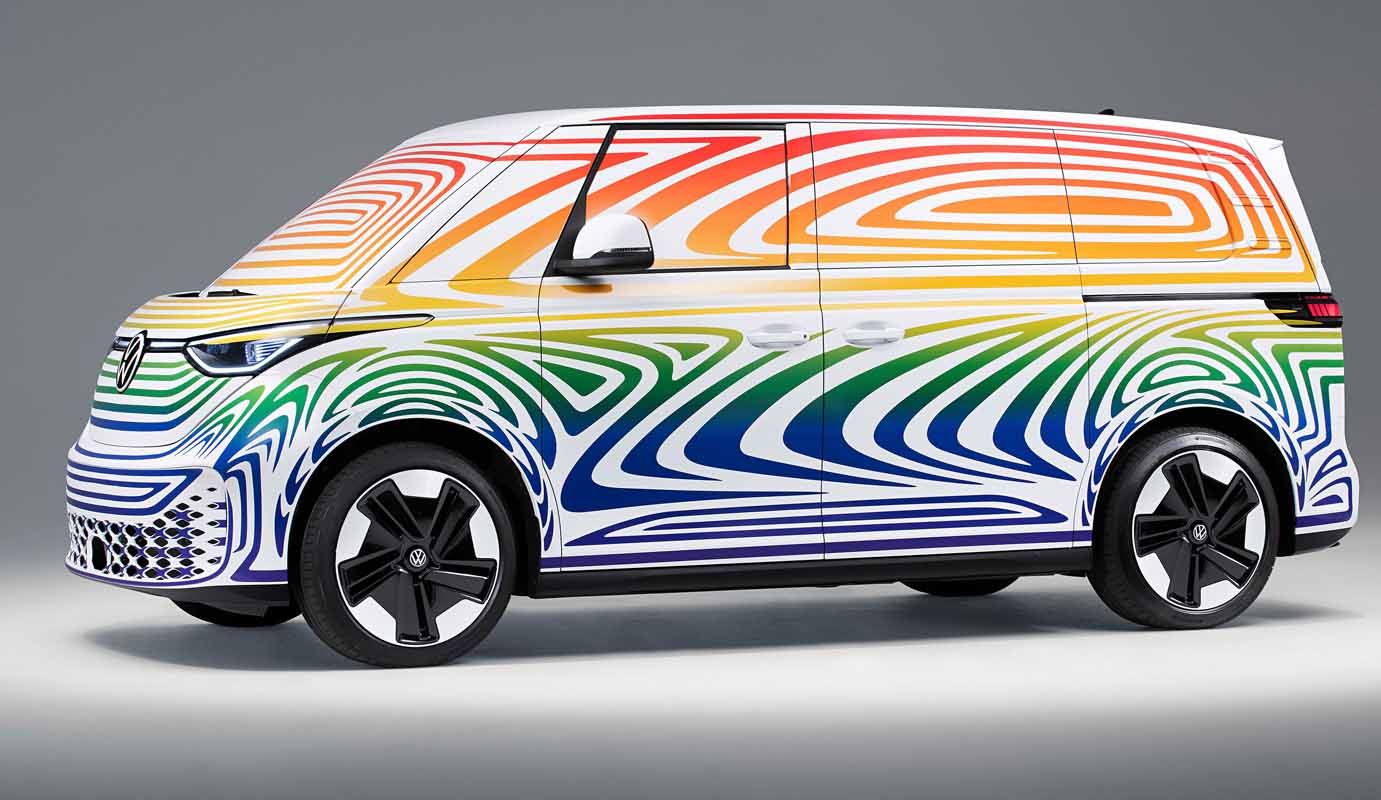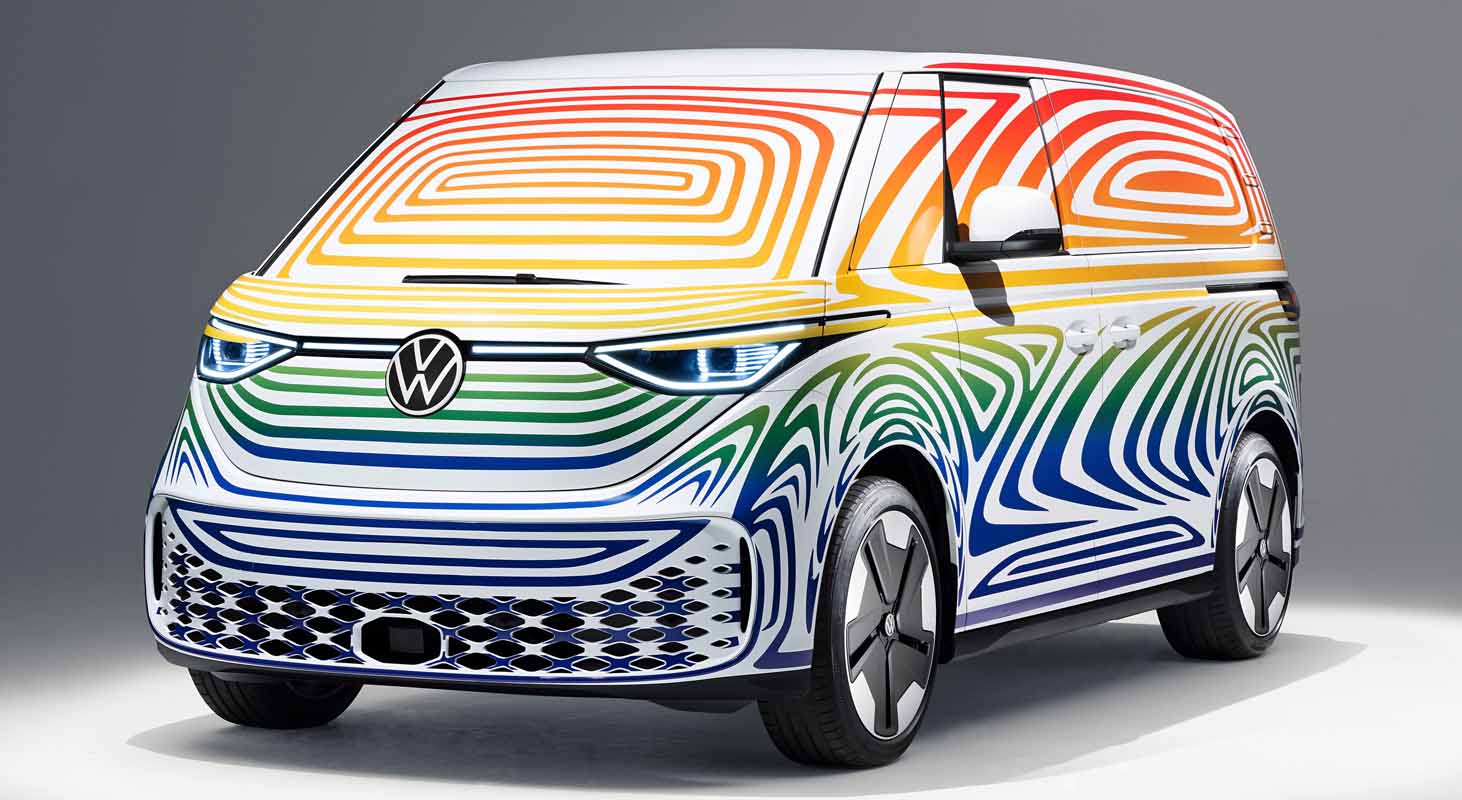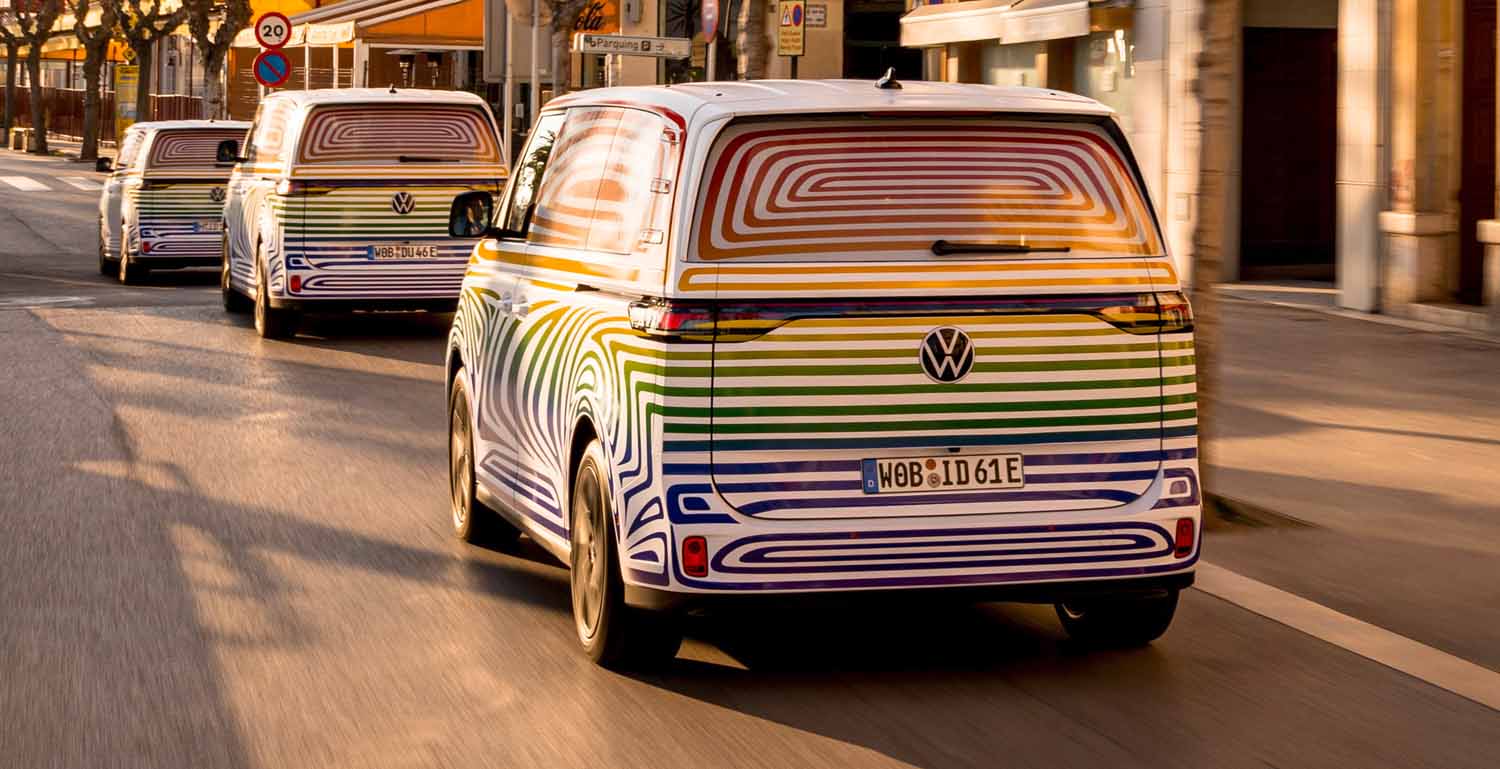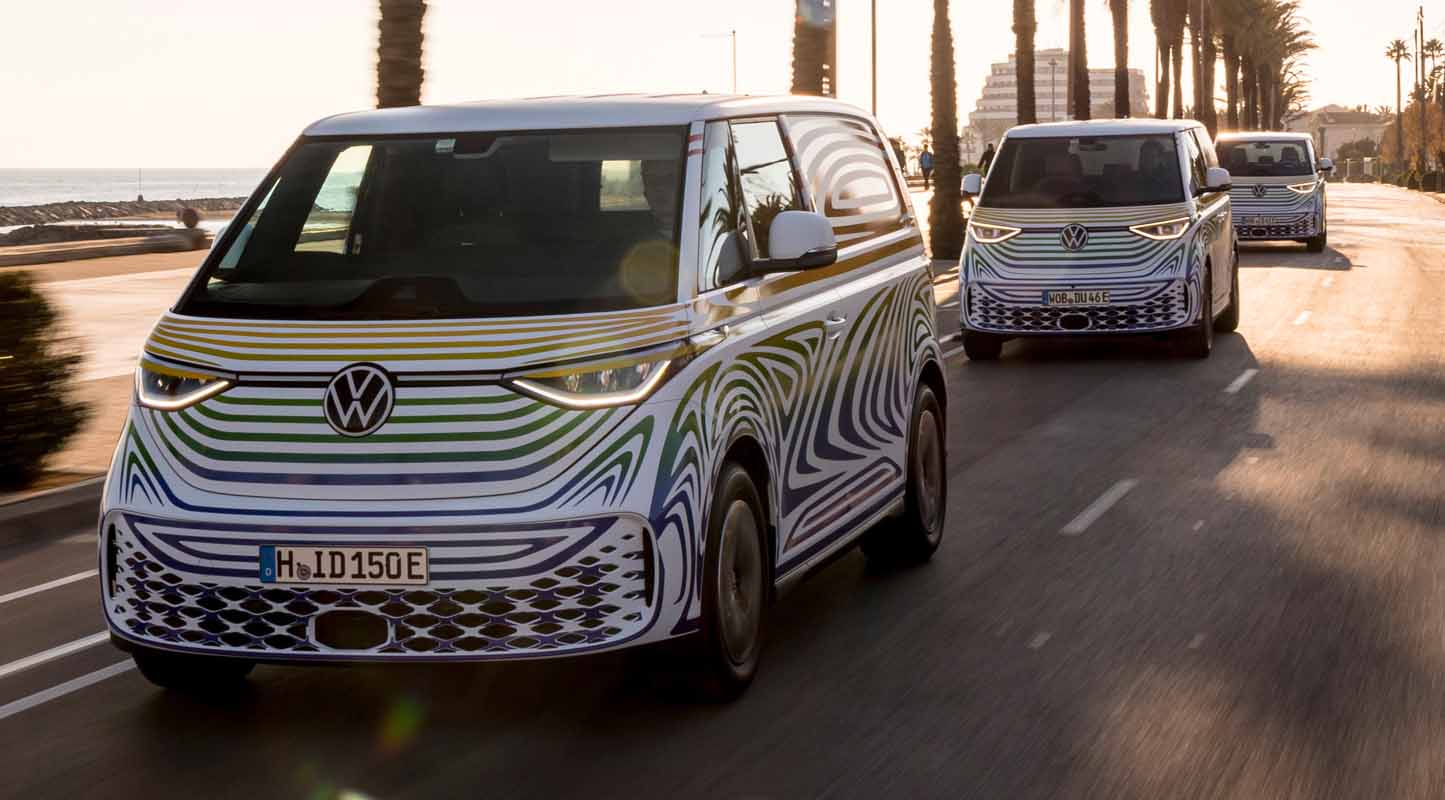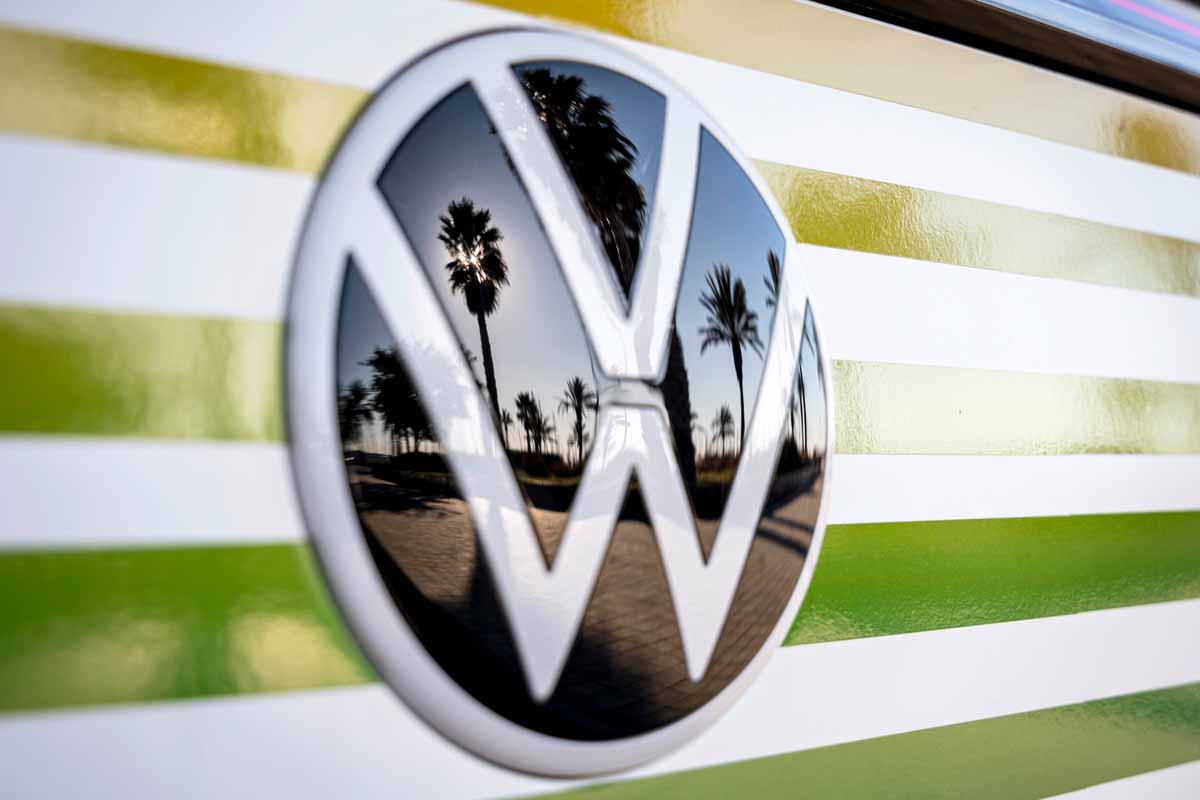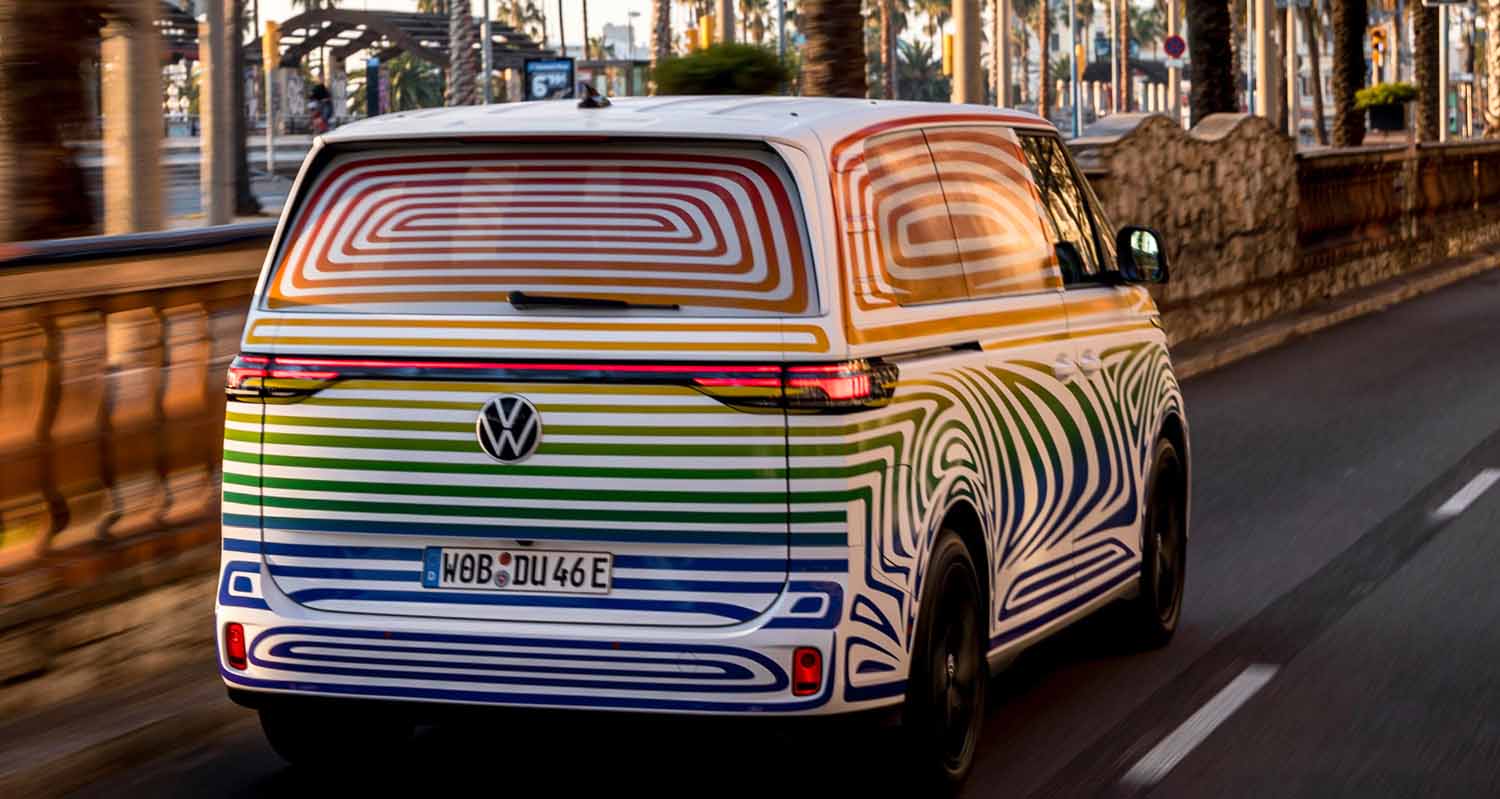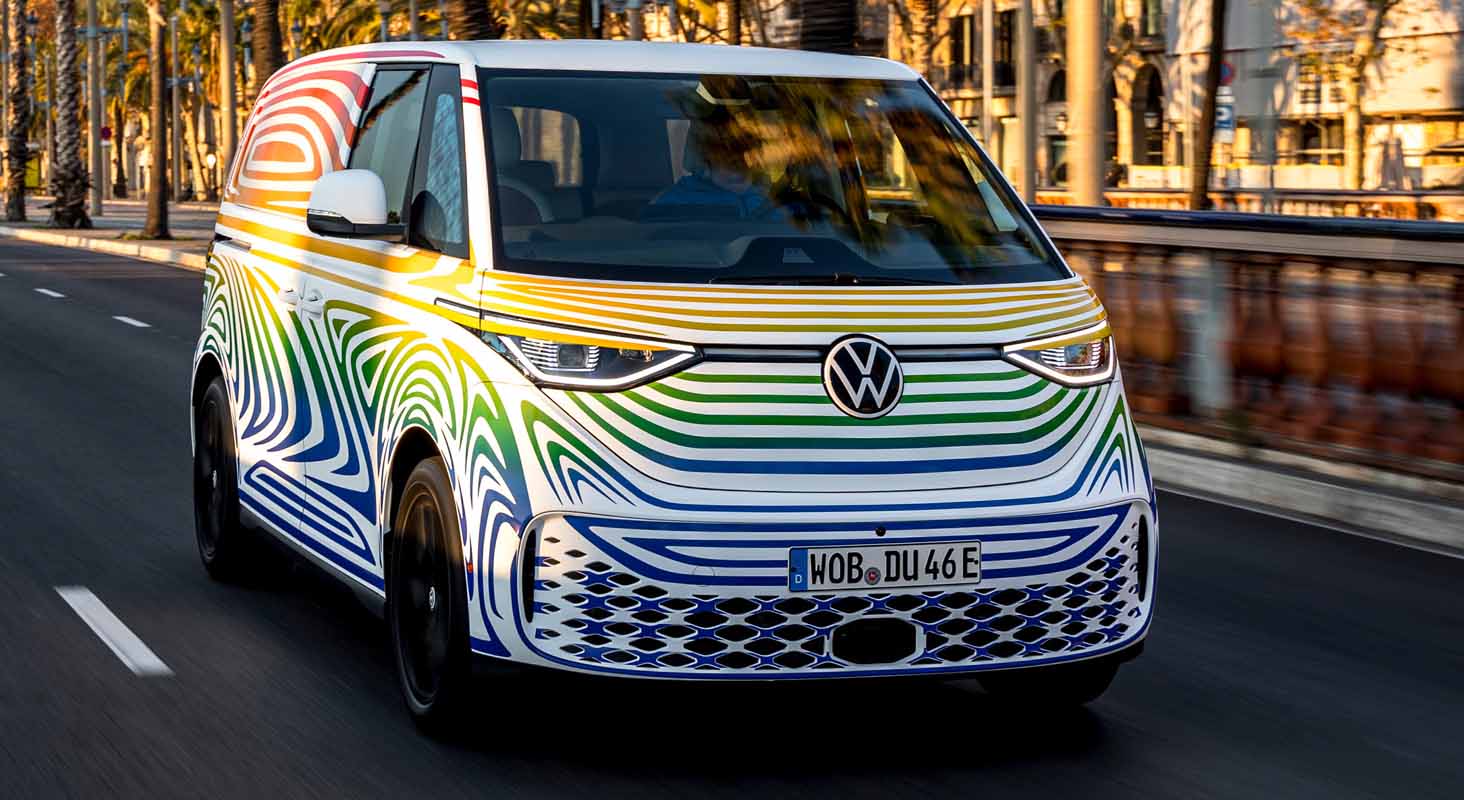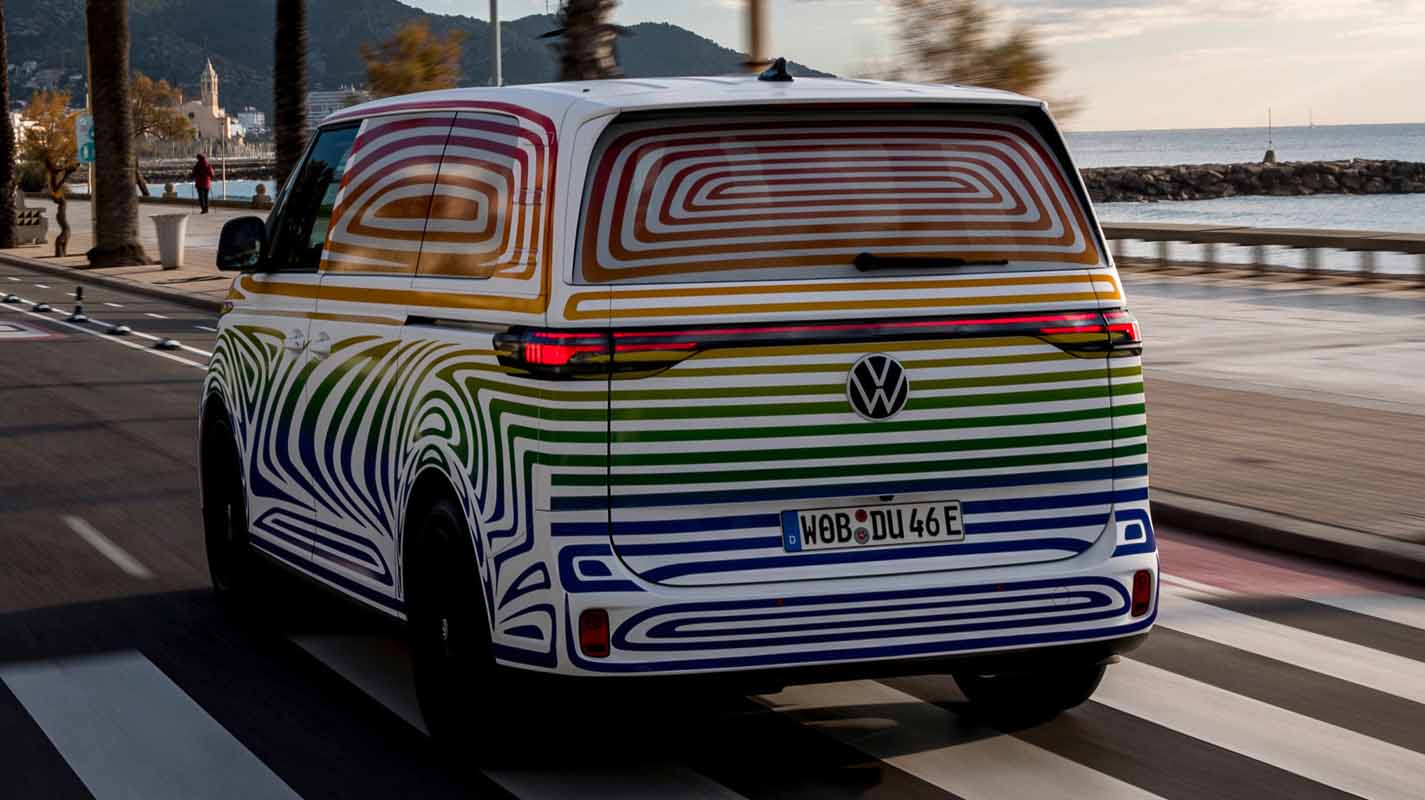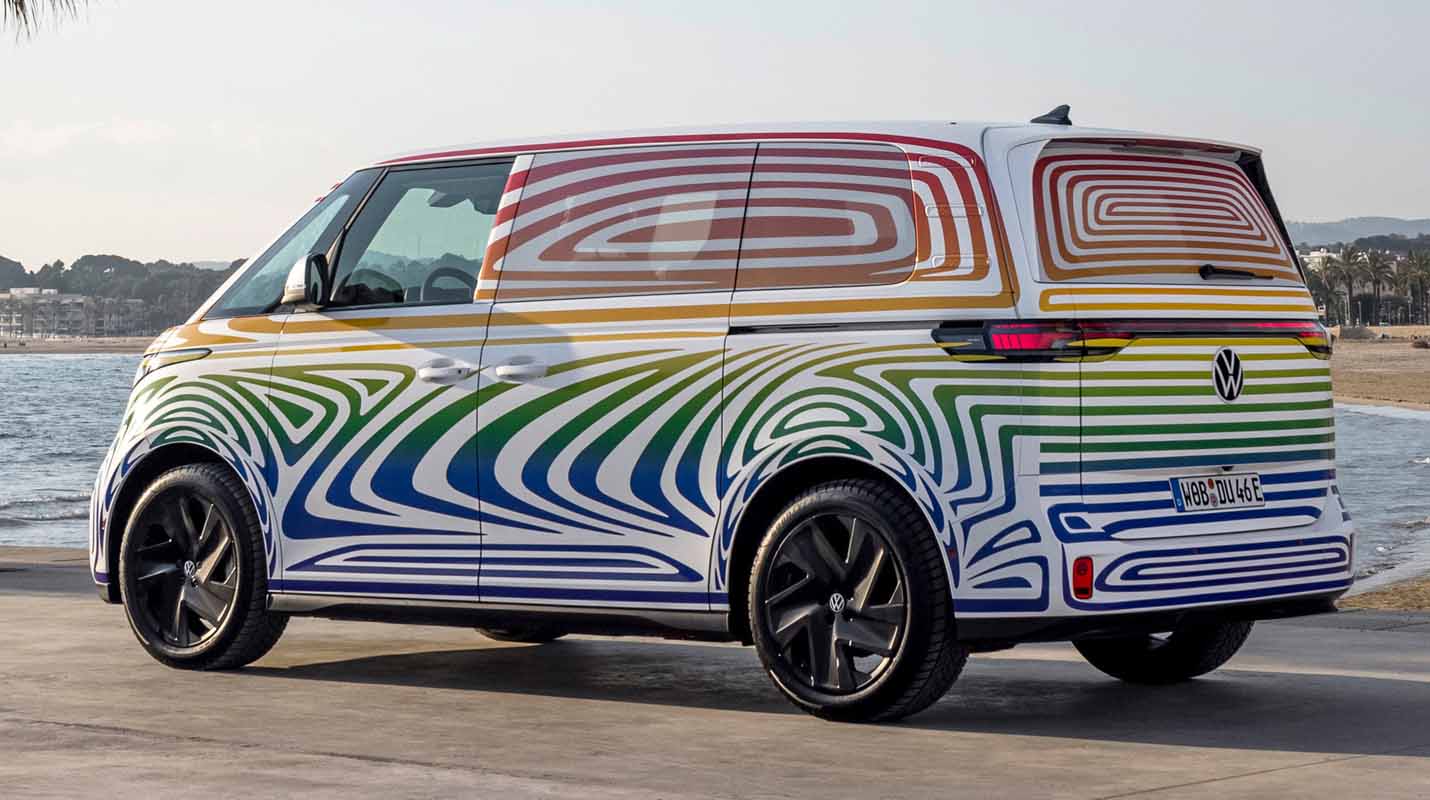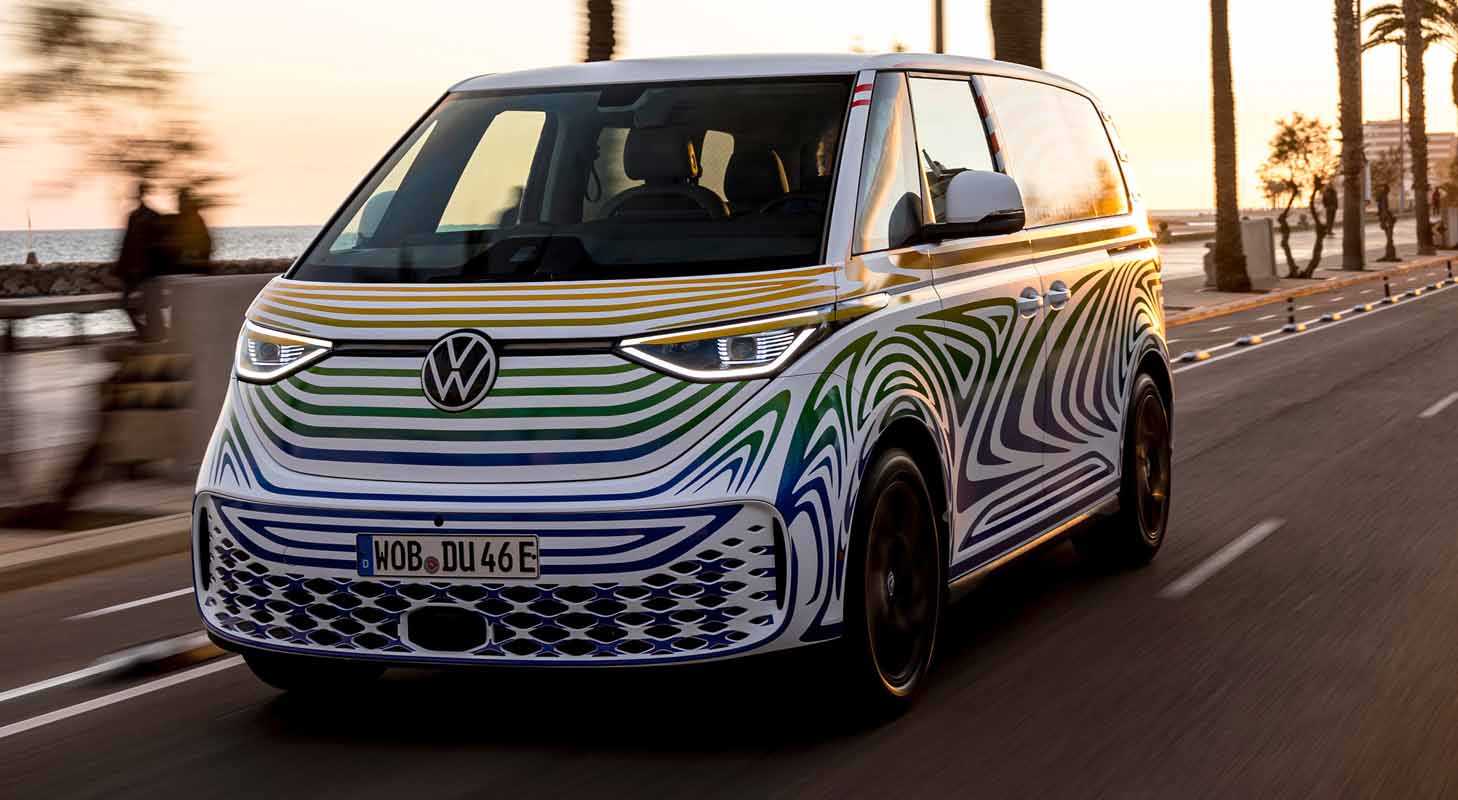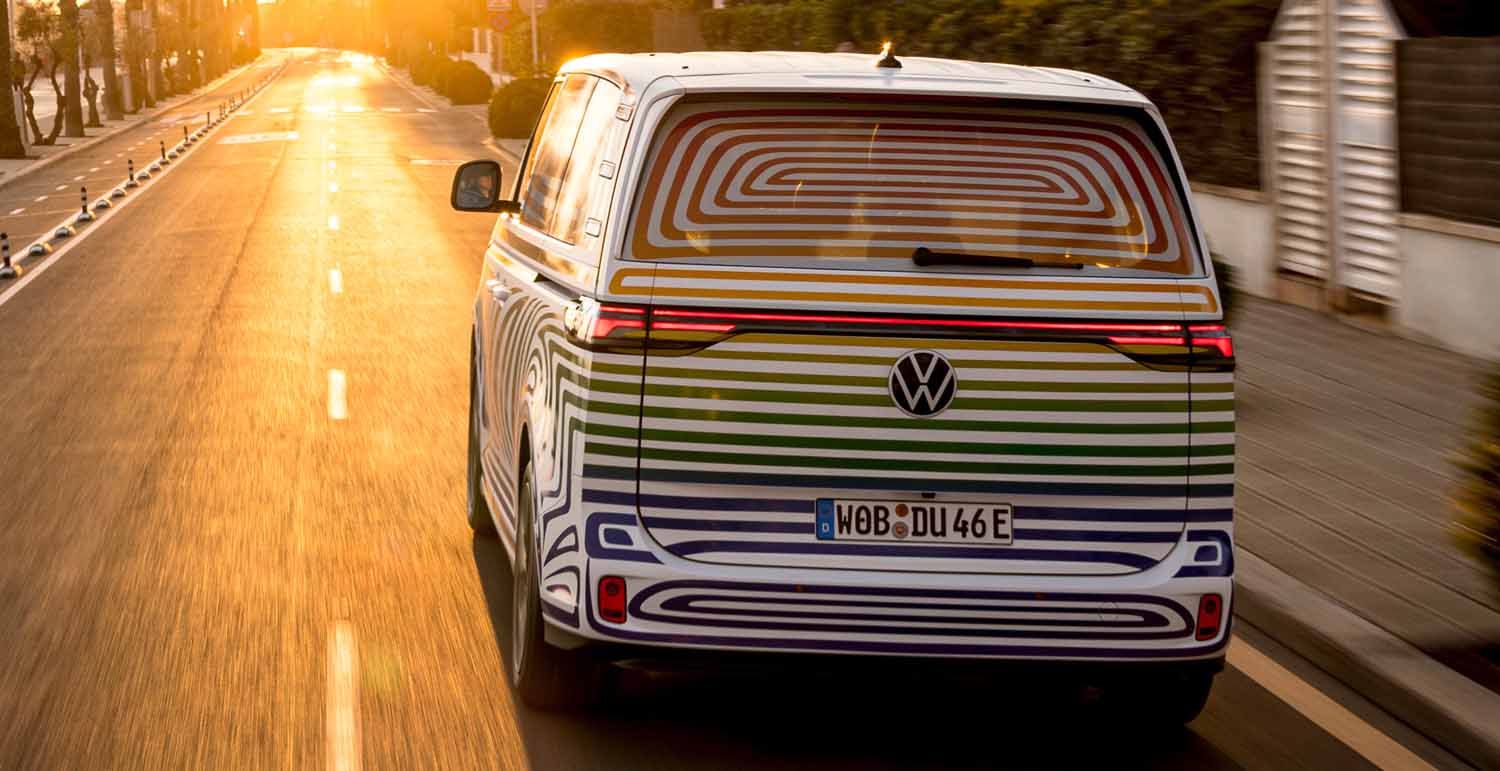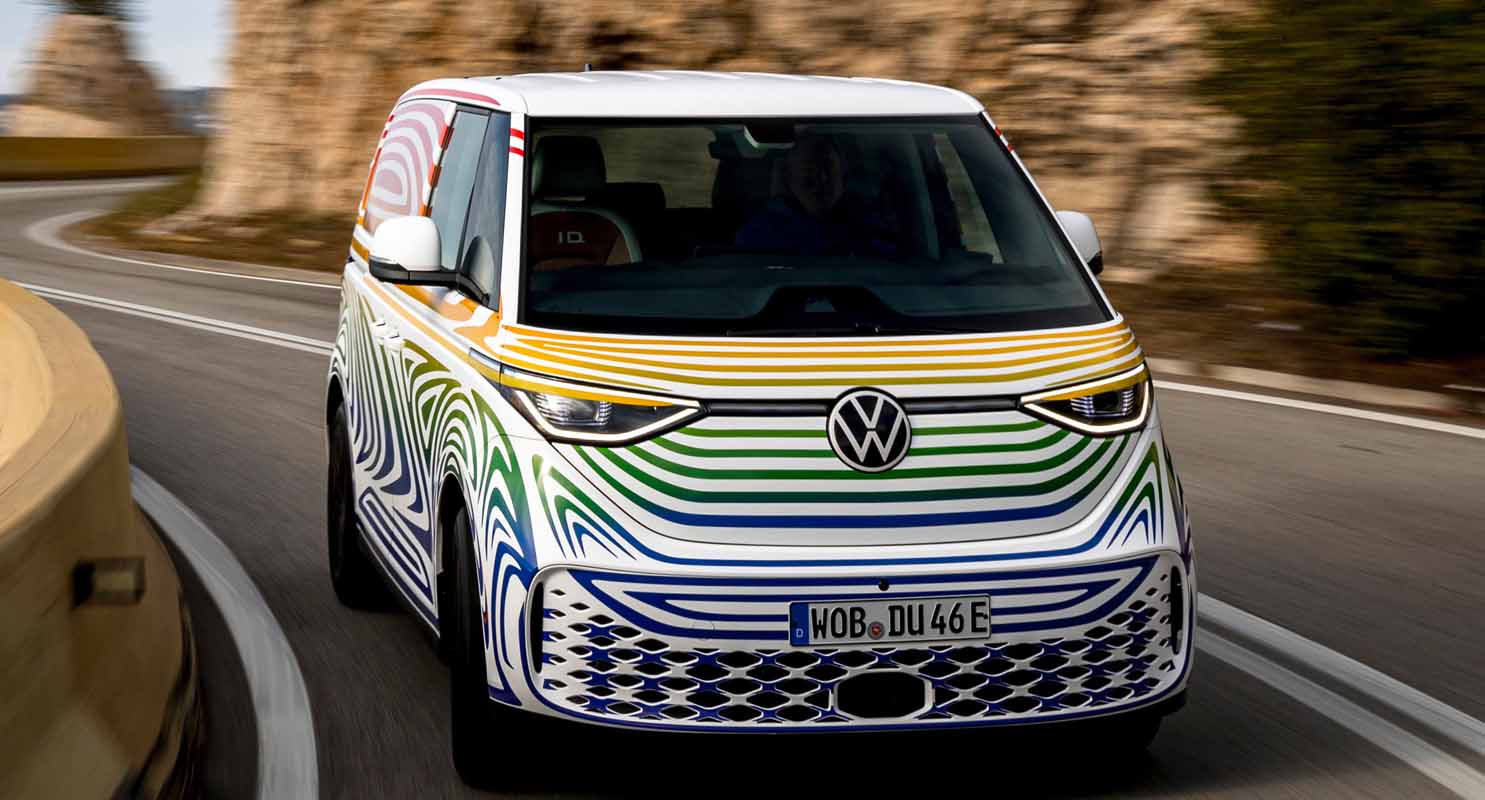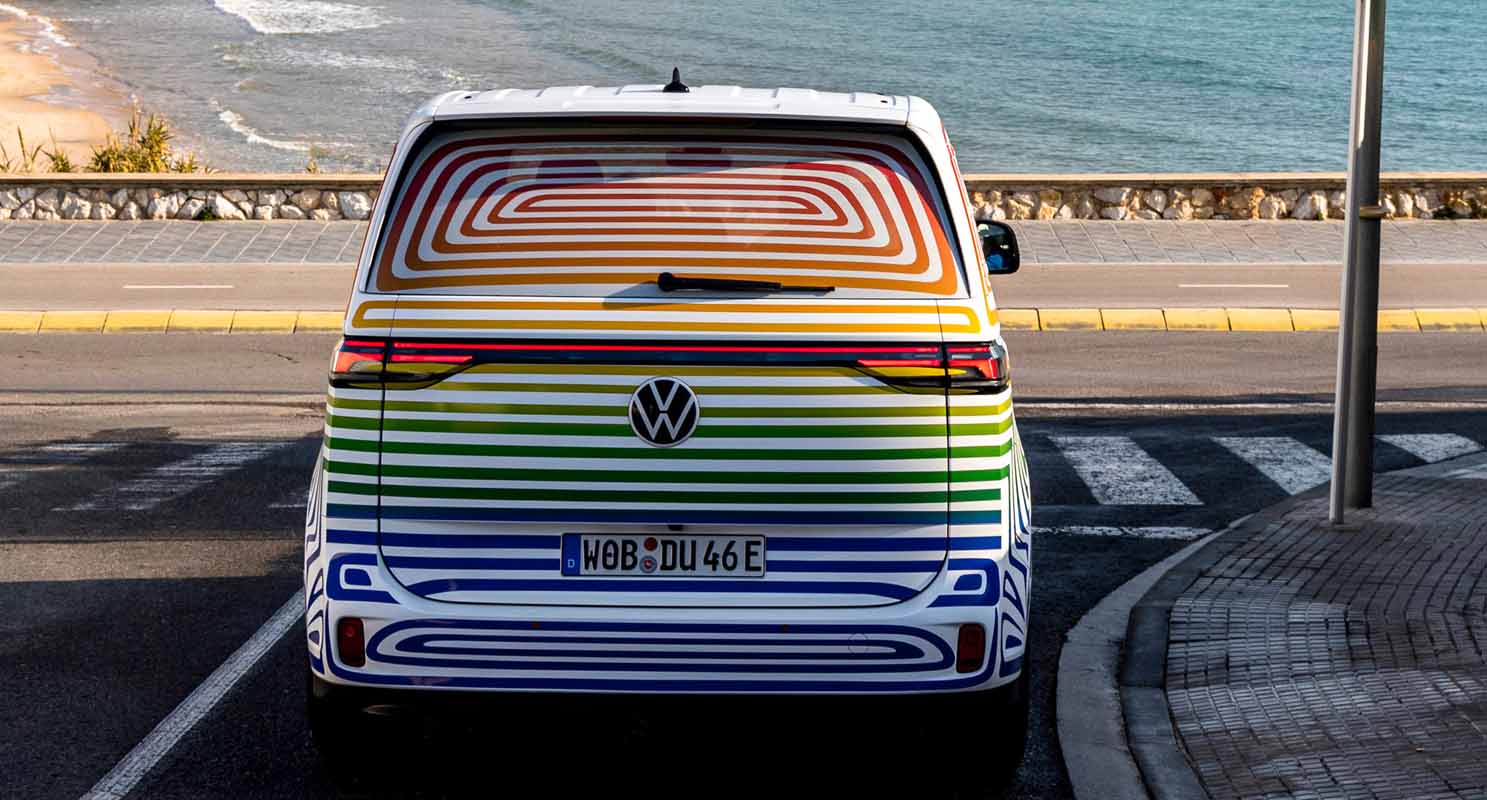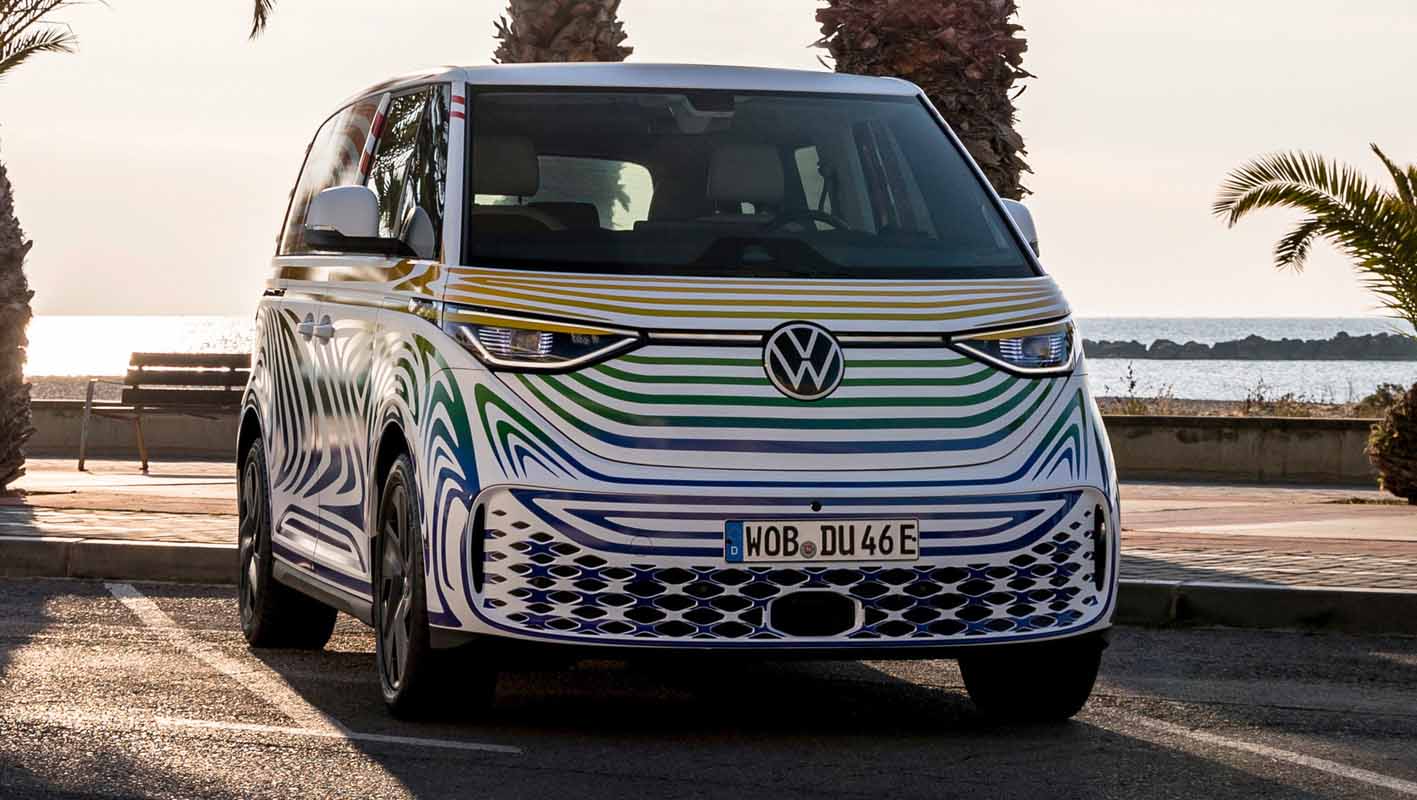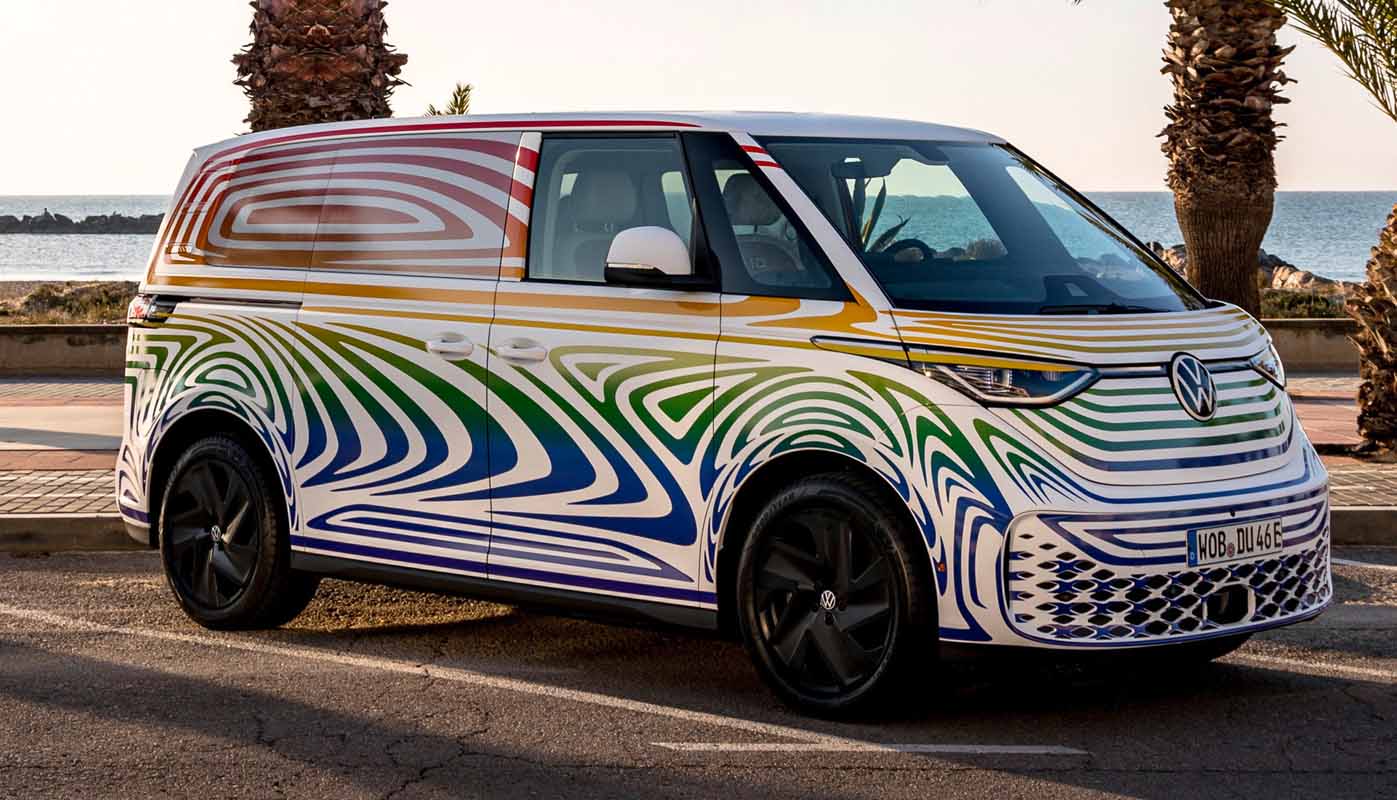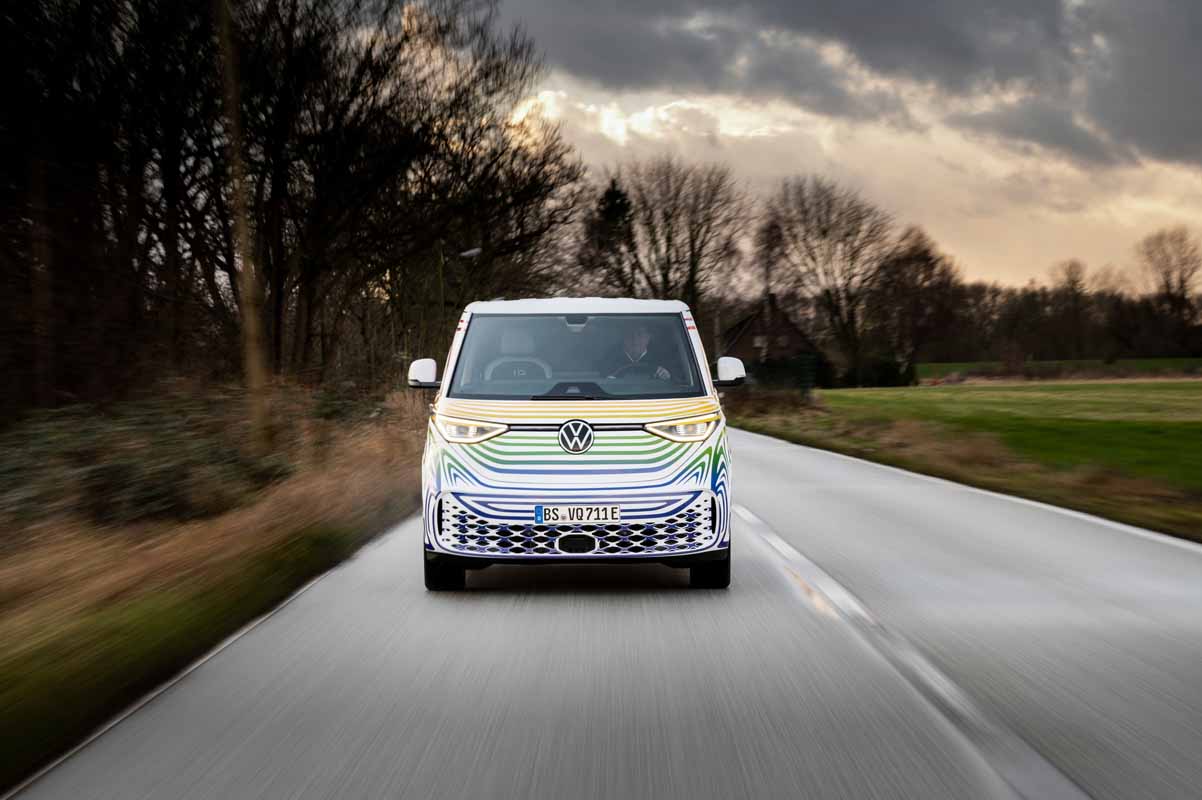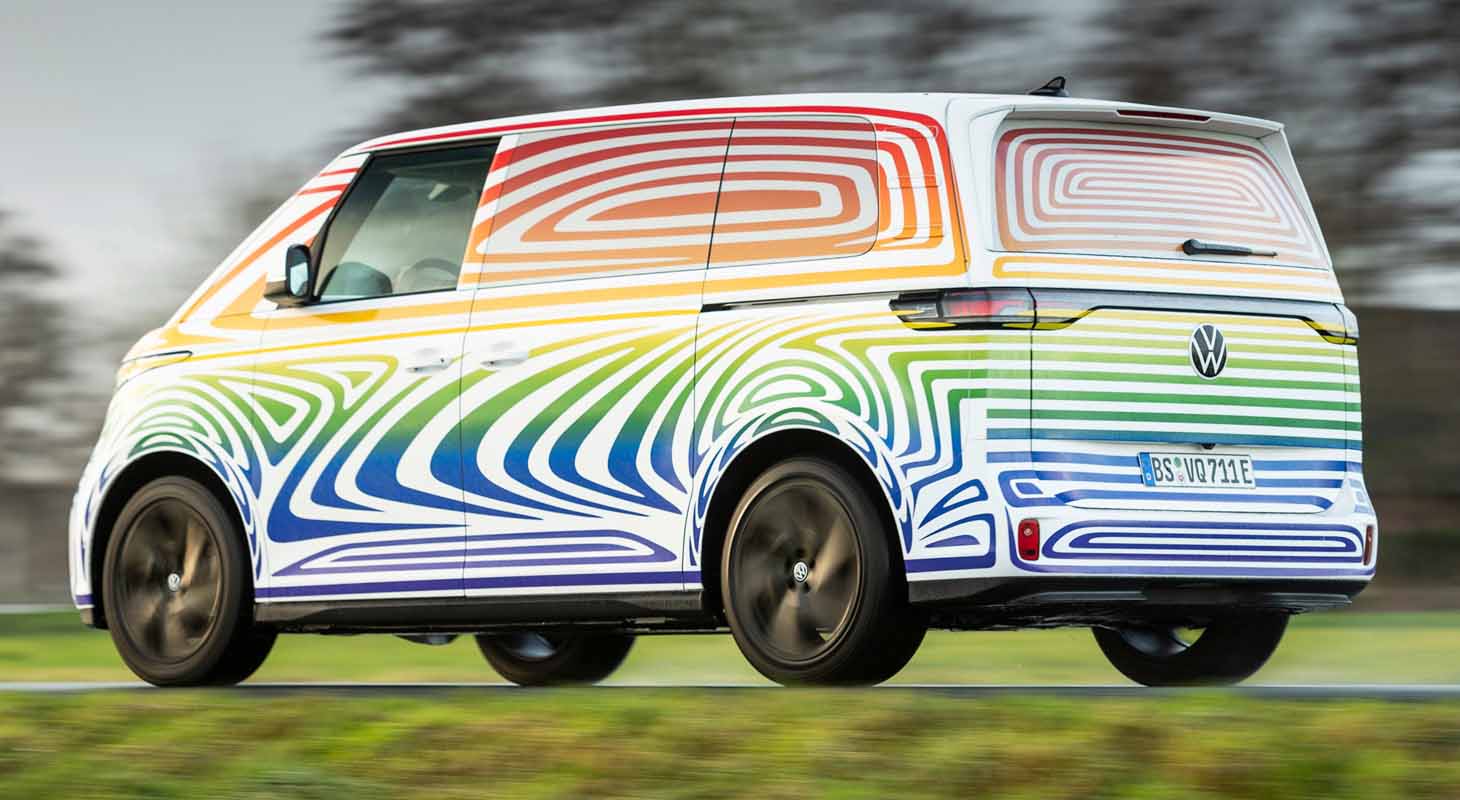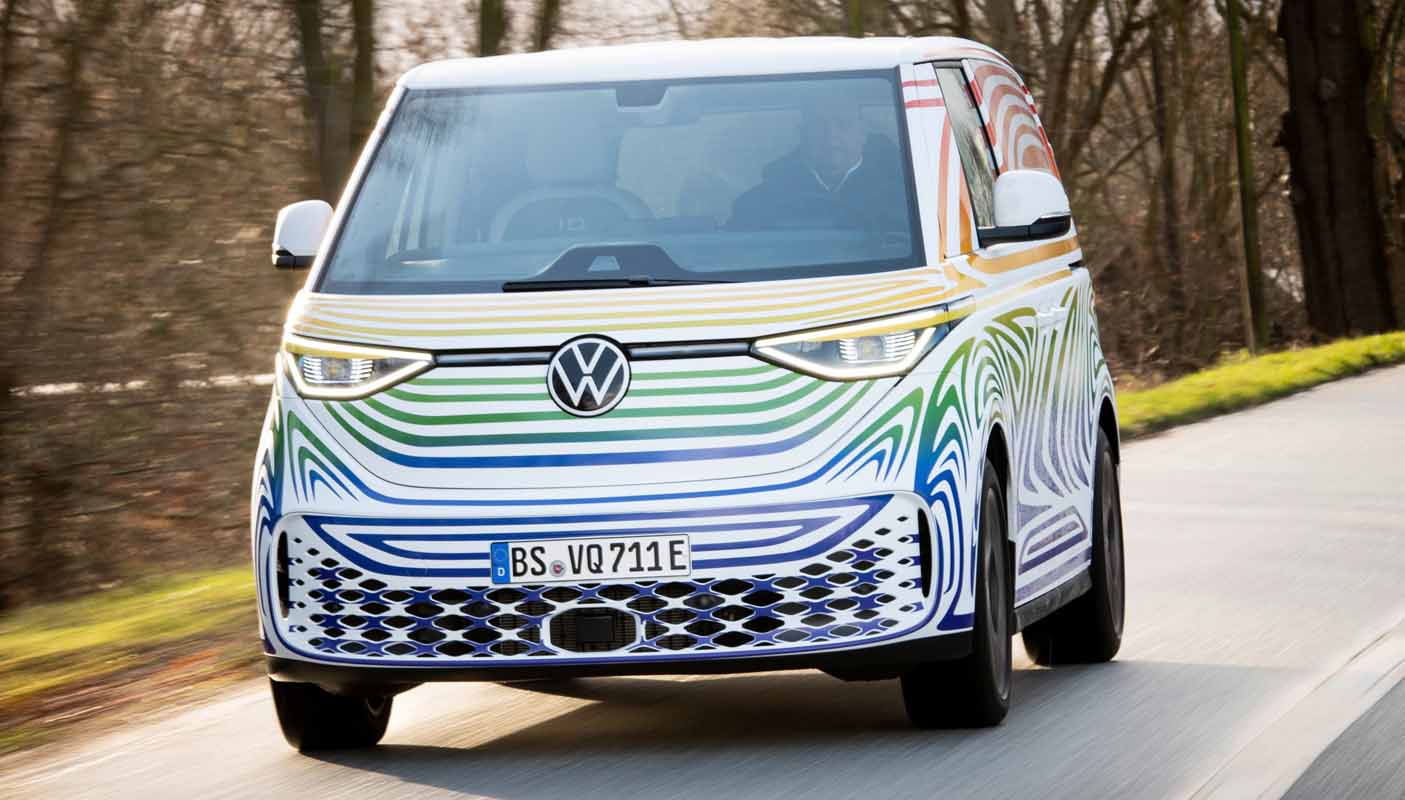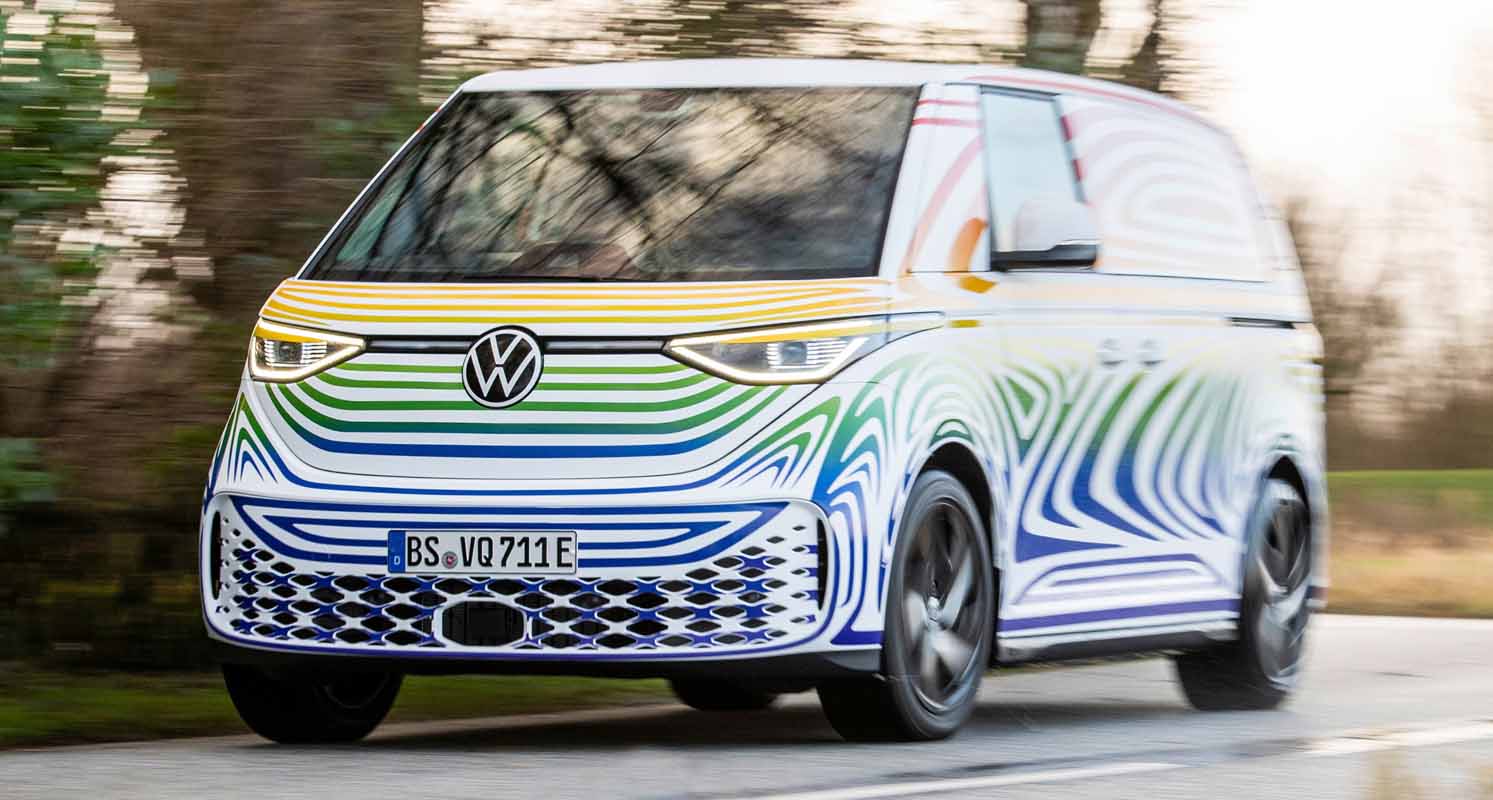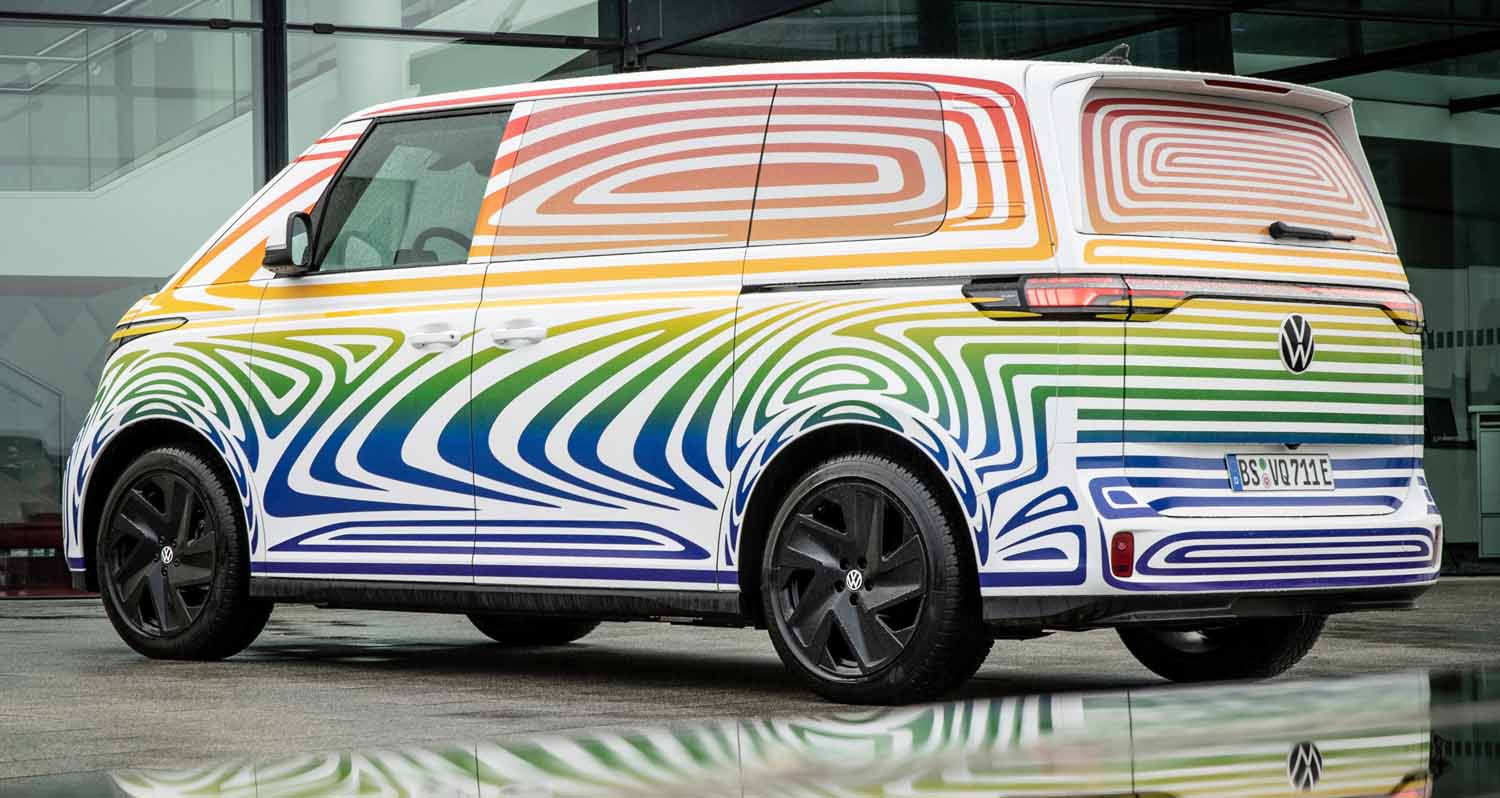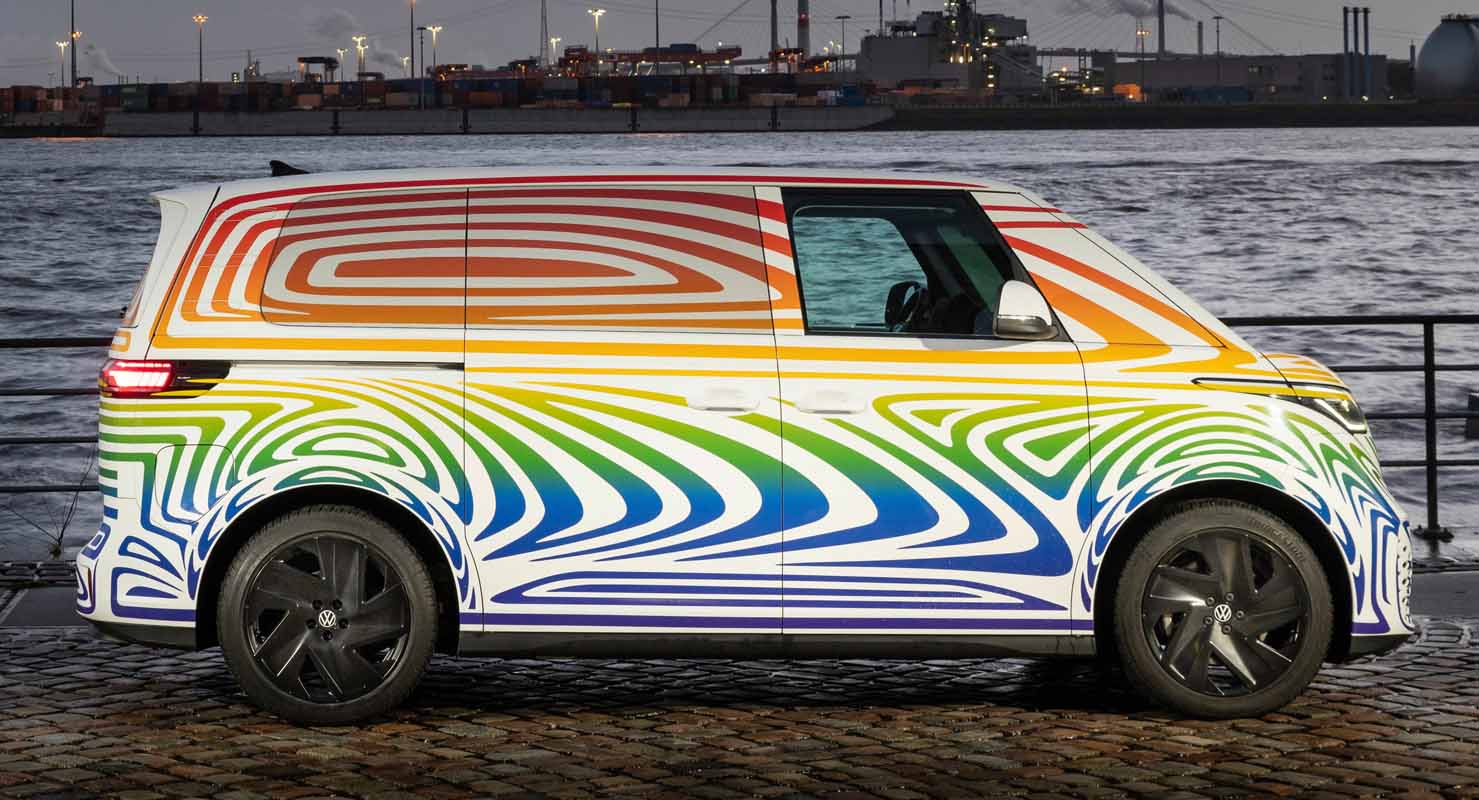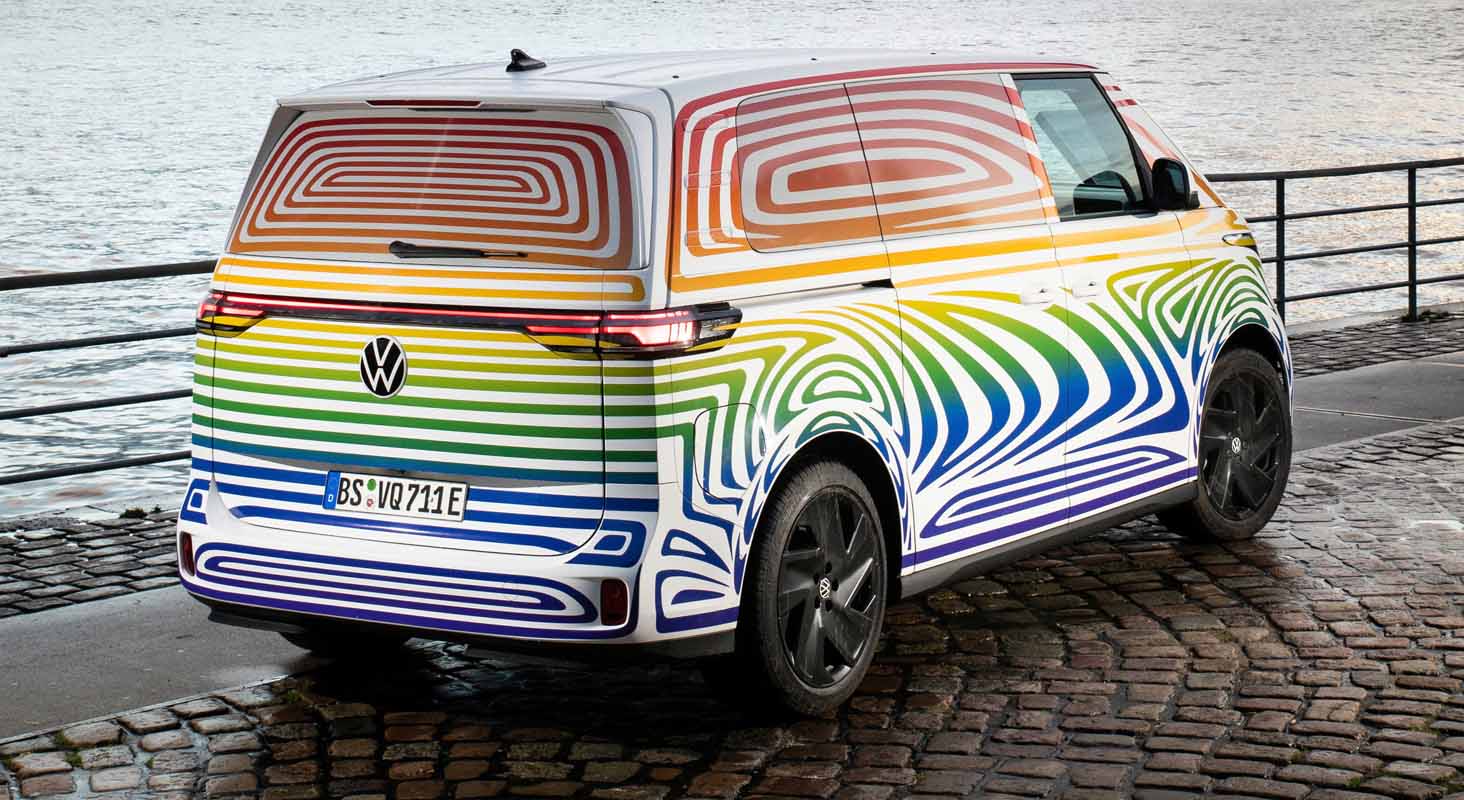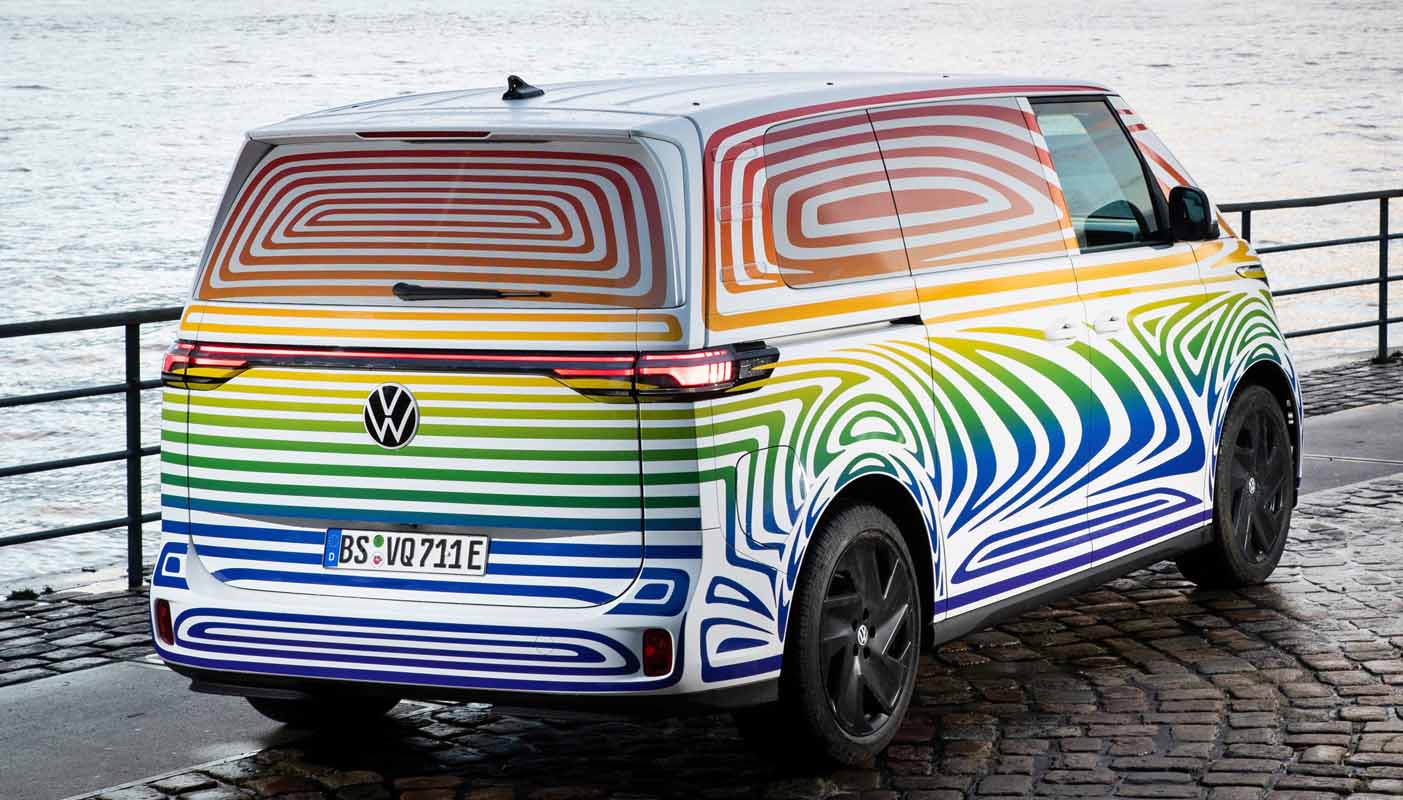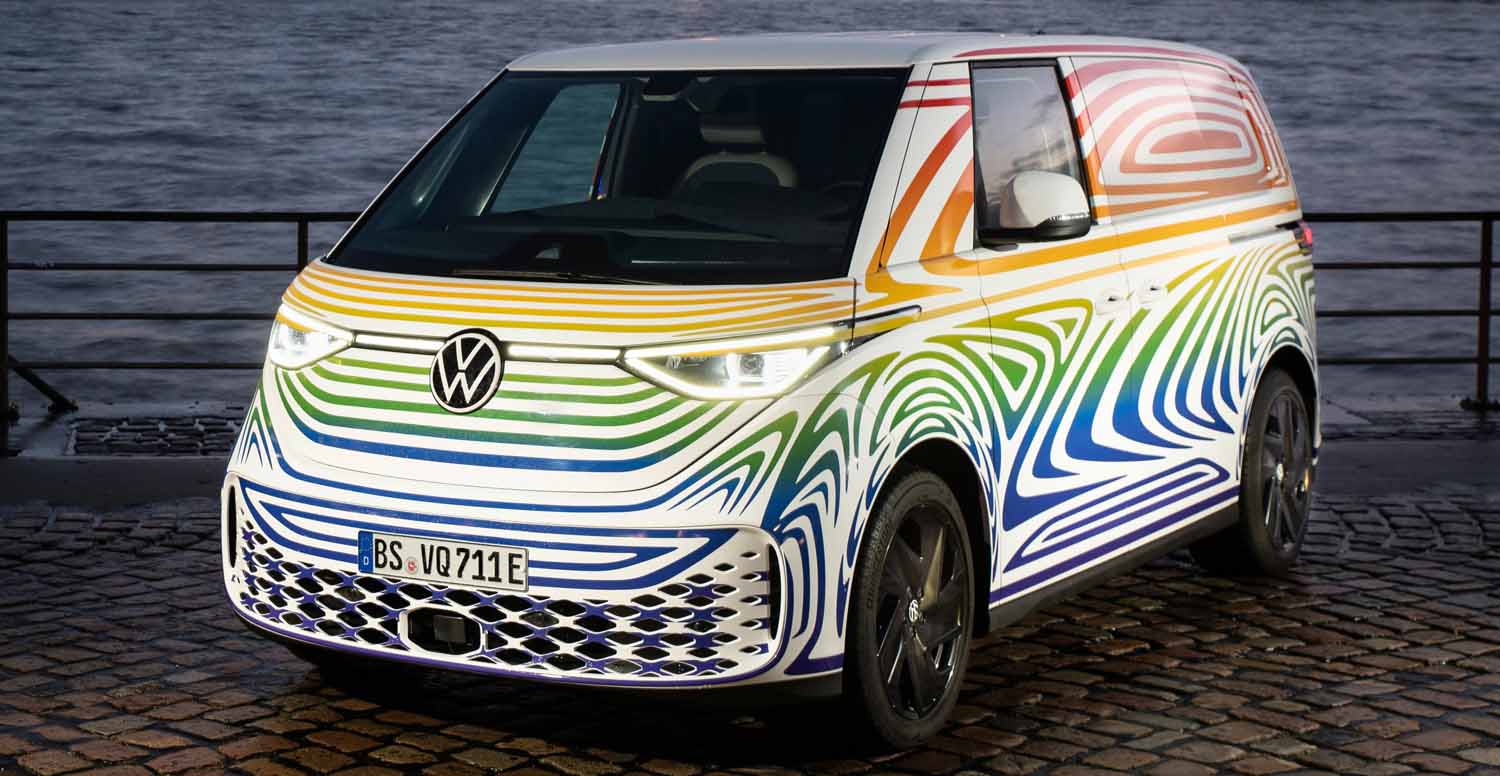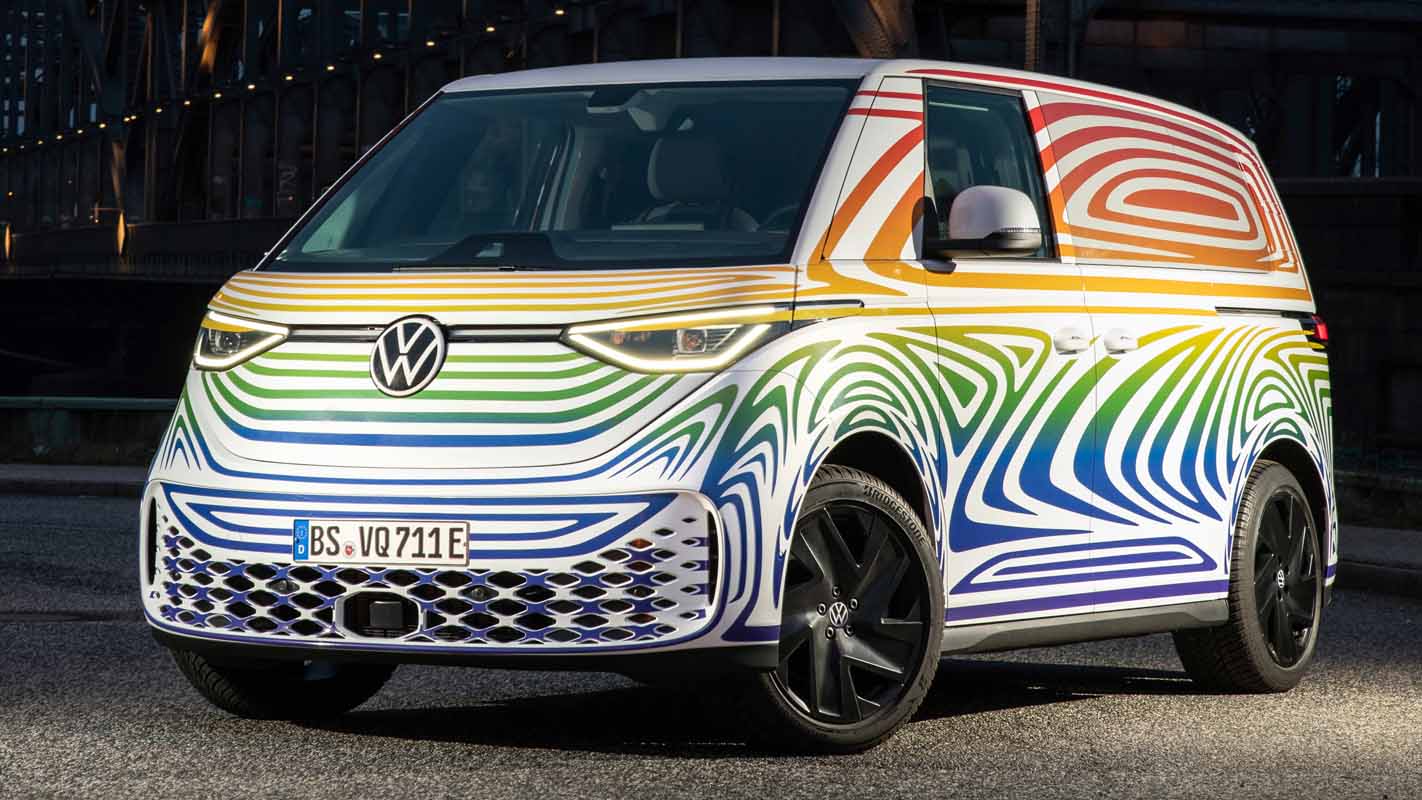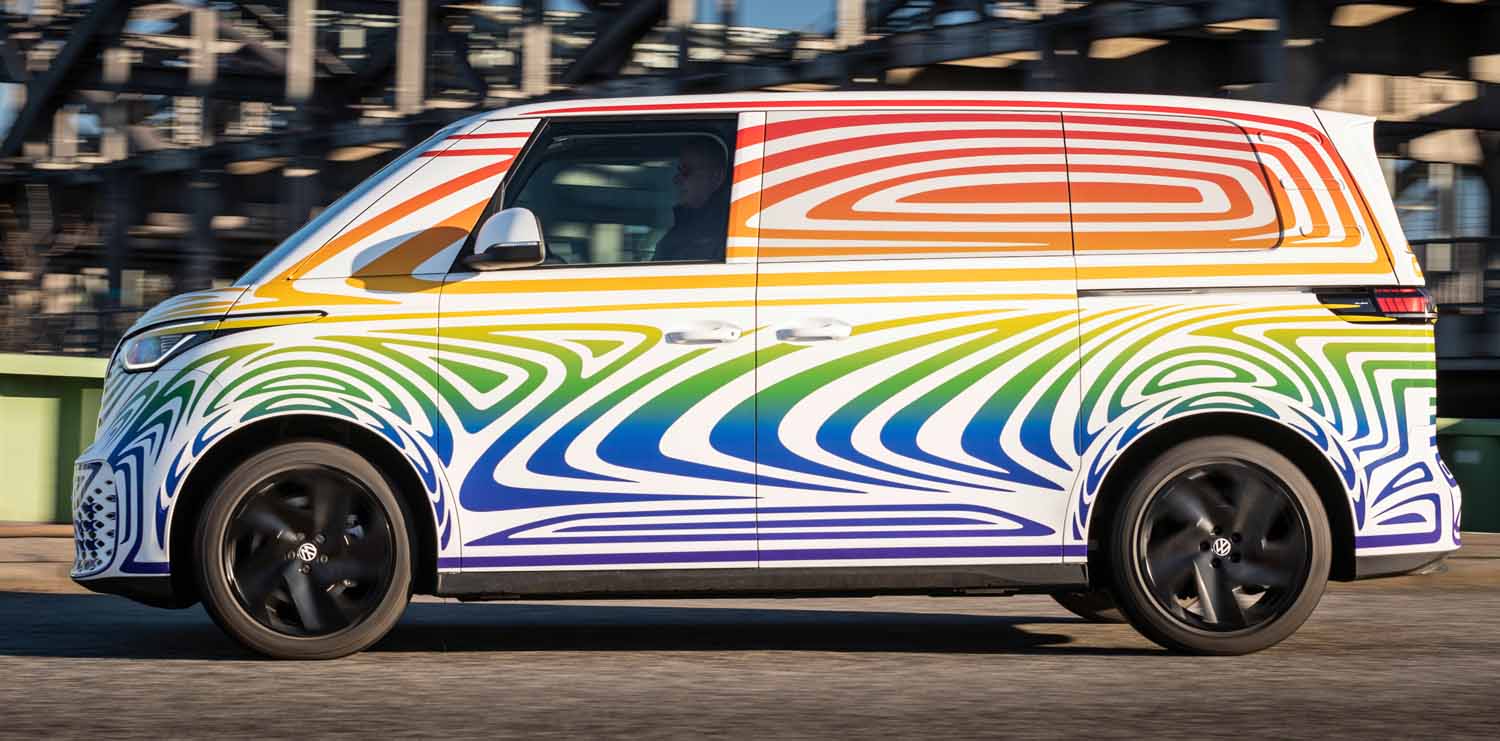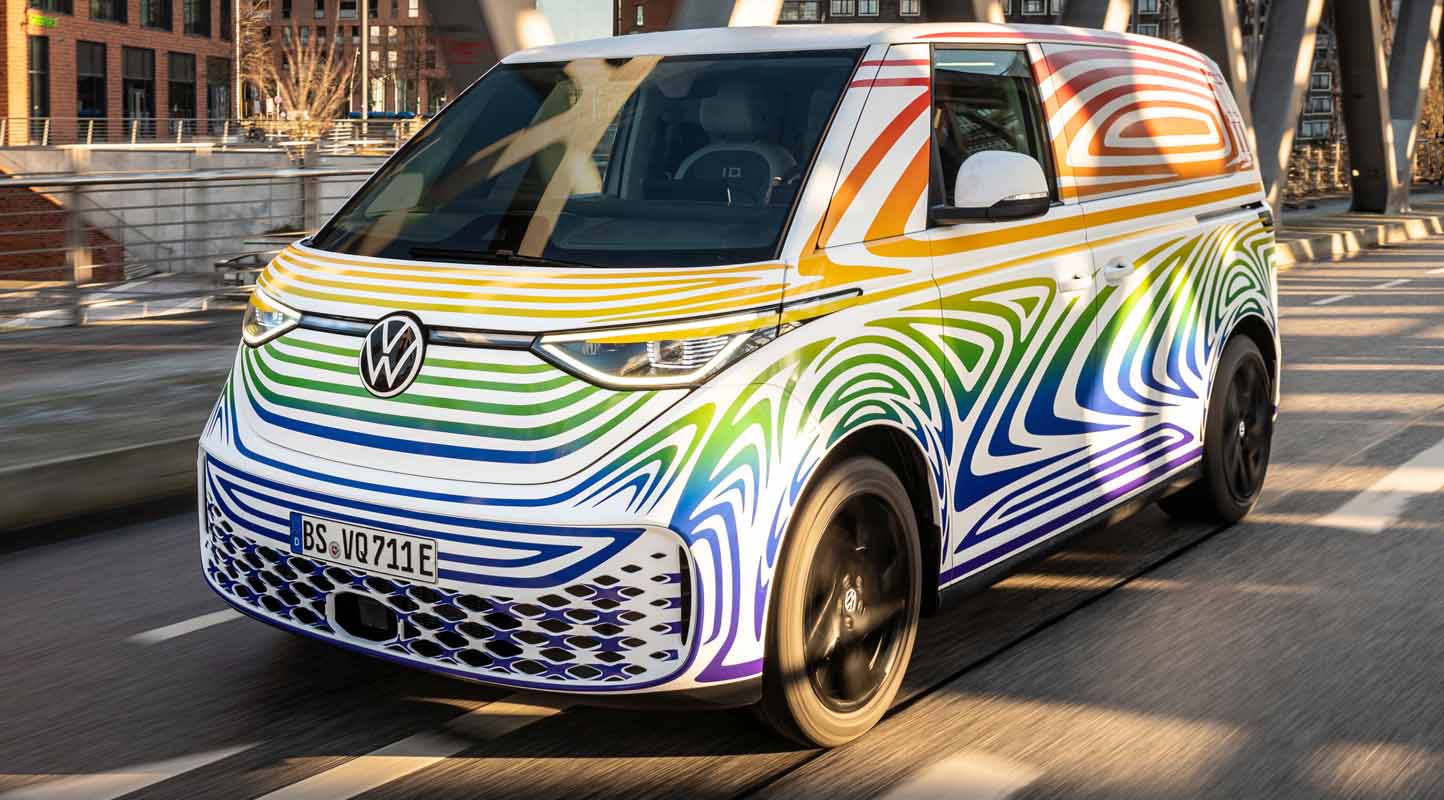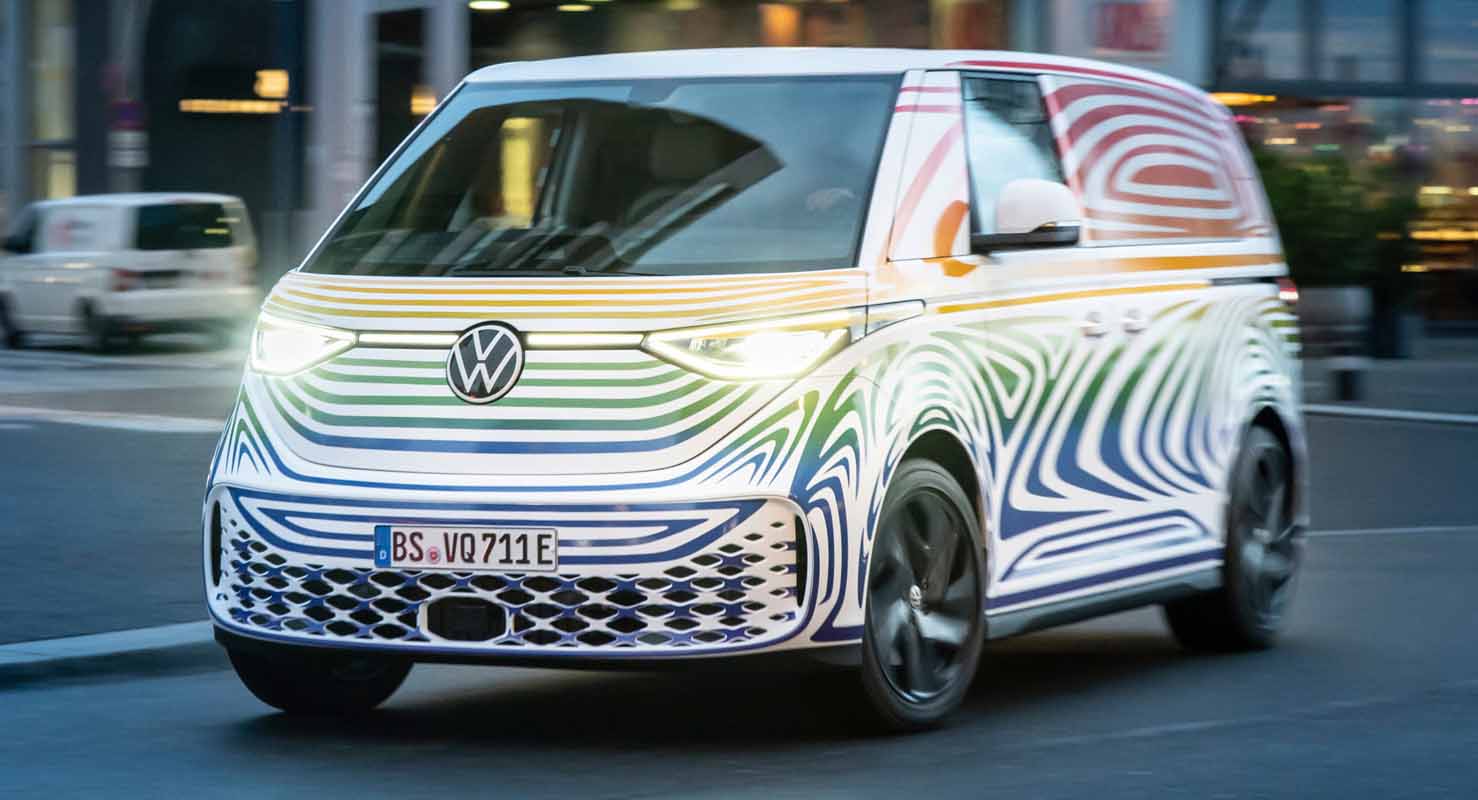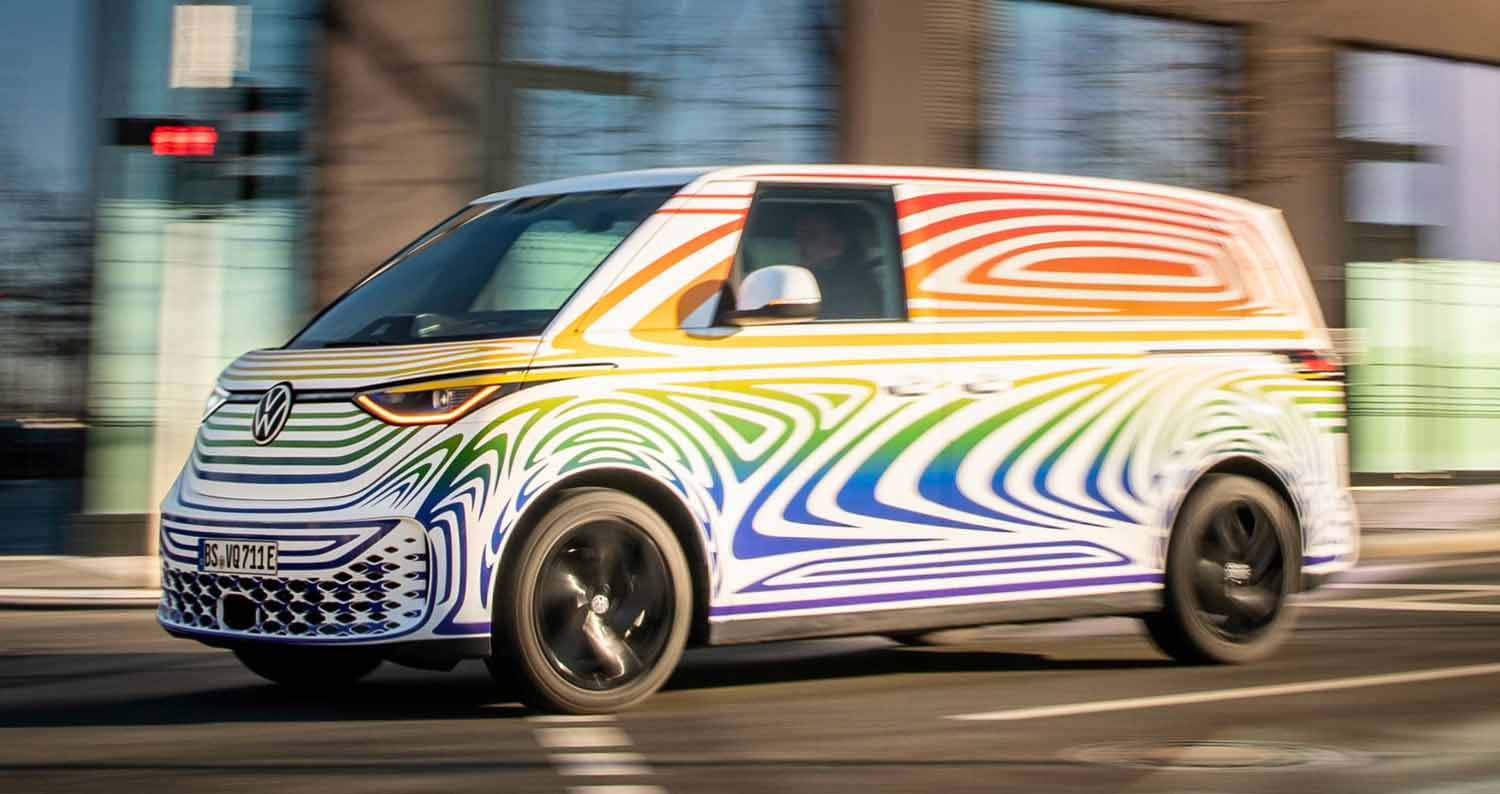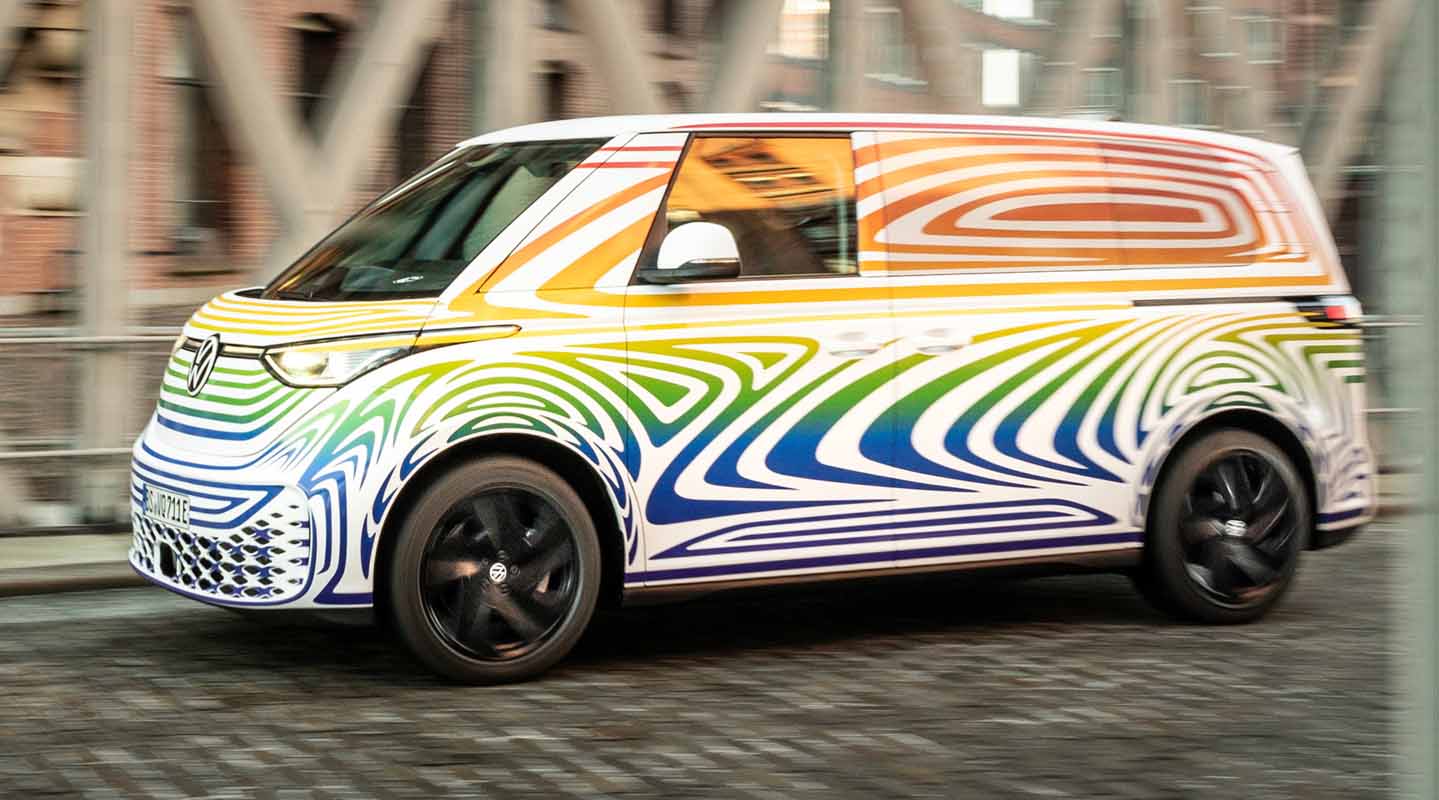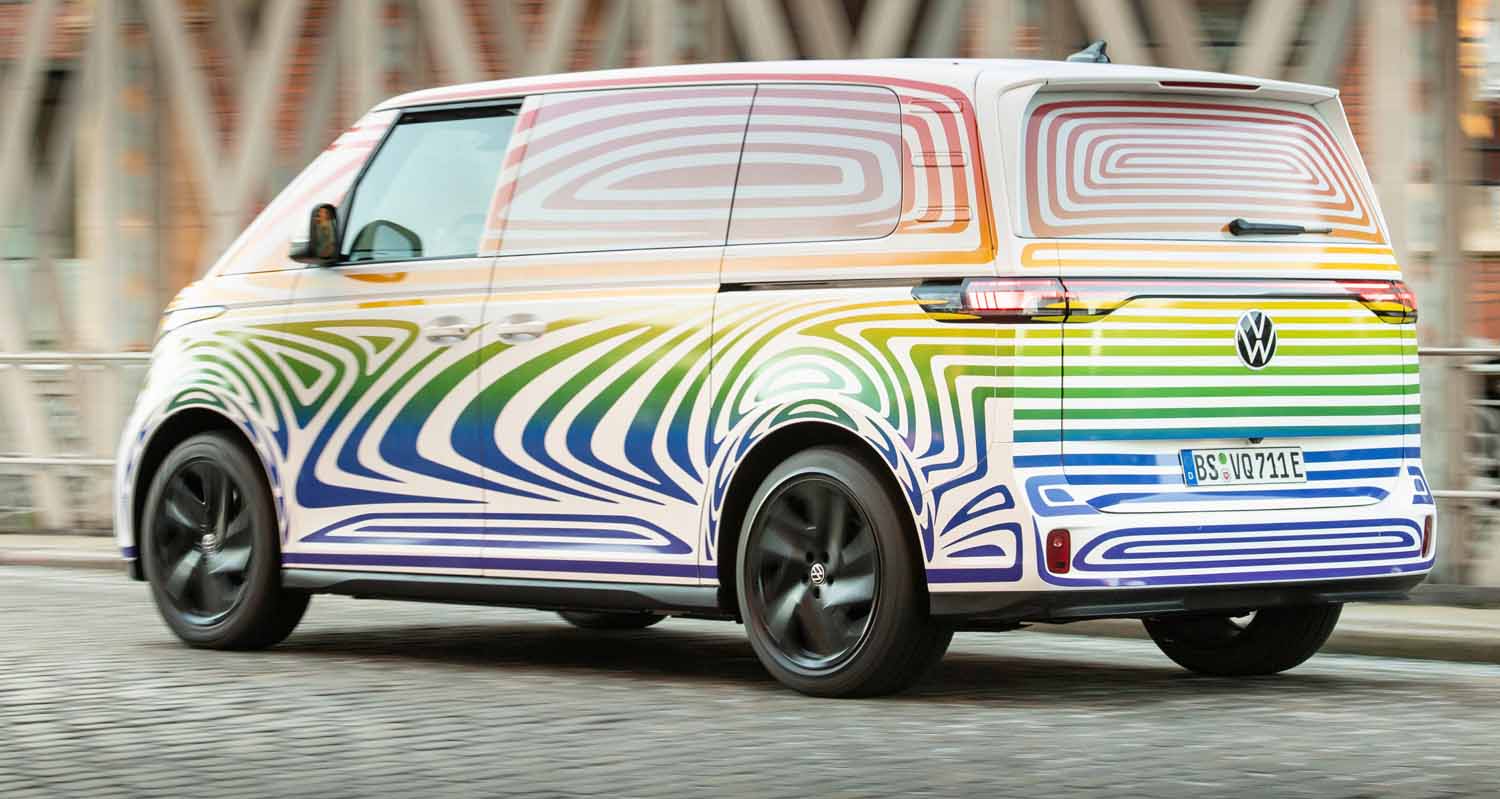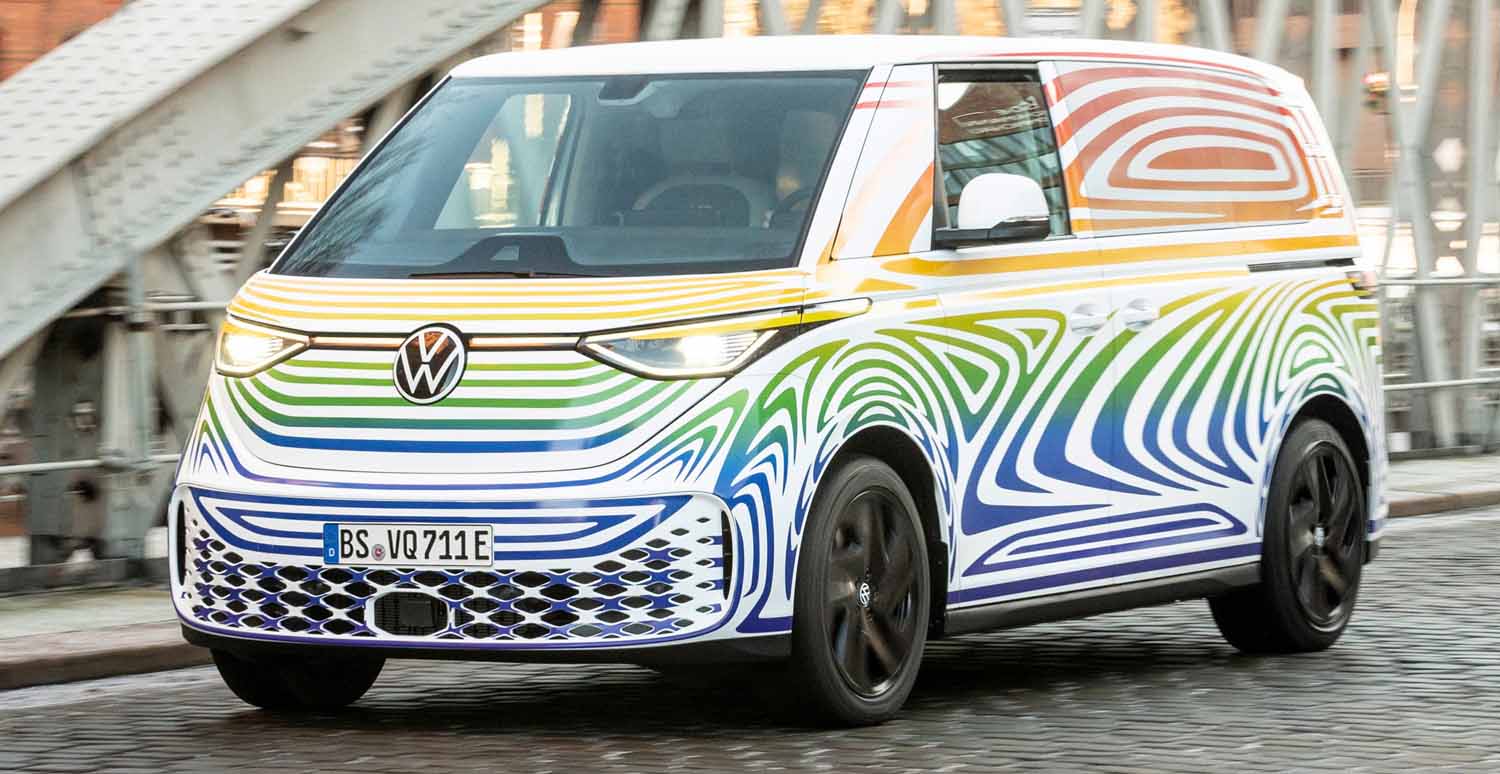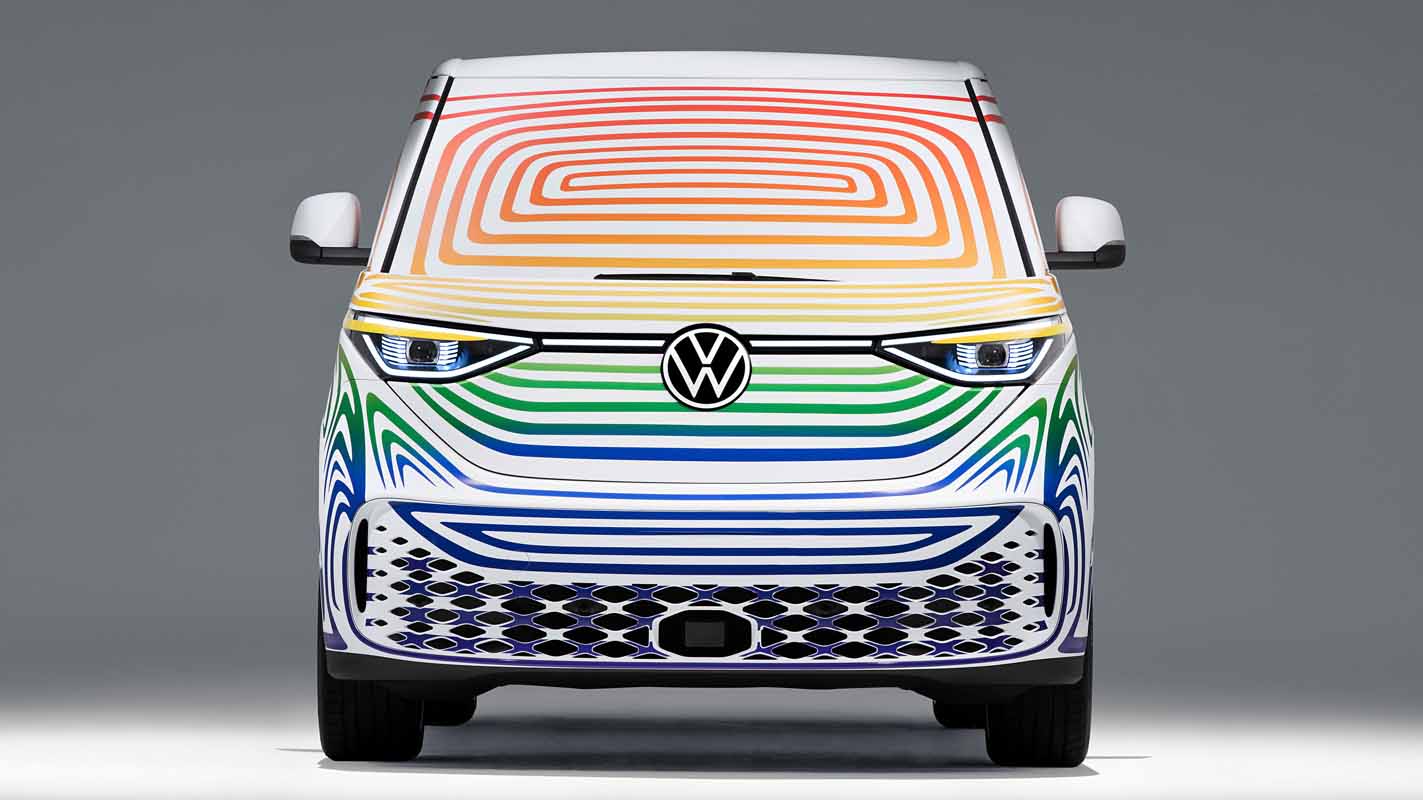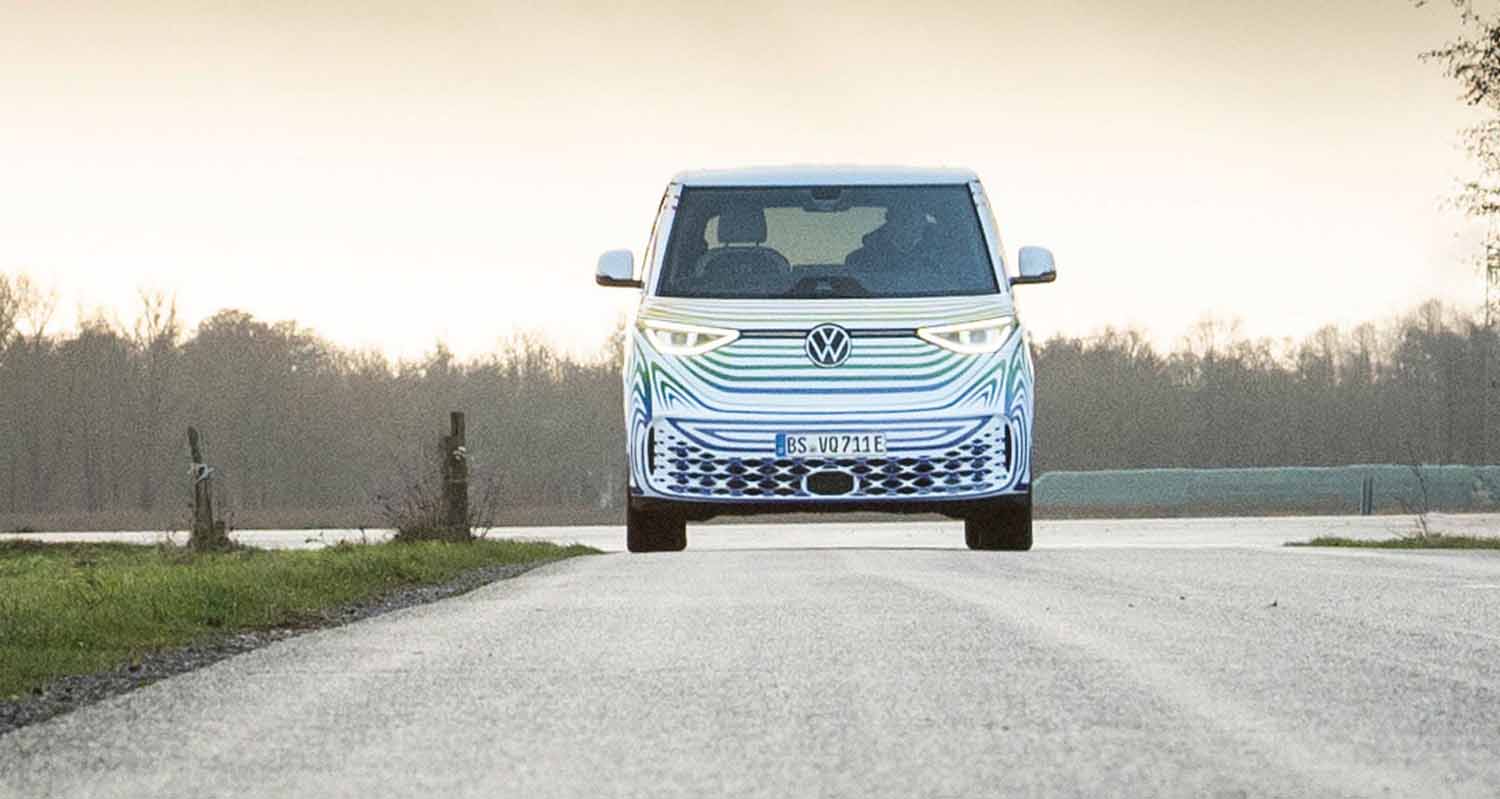
أصدرت فولكس واغن صورًا وتفاصيل جديدة حول الميني باص الكهربائية القادمة أي دي باز ID.Buzz قبل ظهورها الرسمي الأول في 9 مارس / أذار المقبل.
نظرًا لأننا رأينا الشكل الخارجي عدة مرات من قبل ، سنلاحظ ببساطة أنها مستوحاة من تي1 ميكروباص وتتميز بأجزاء قصيرة بالإضافة إلى واجهة أمامية مستوحاة من الطراز الكلاسيكي مع مصابيح أمامية رفيعة. وأكدت فولكس واغن أيضًا أن الميني فان ستأتي مع عجلات بقياسات تختلف من 18 إلى 21 بوصة.
من حيث الحجم ، يبلغ طولها 4،712 مم ووعرضها 1،985 مم وارتفاعها 1،937 مم مع قاعدة عجلات تمتد بطول 2988 مم. هذا يعني أن هذا النموذج أقصر بـ 193 ملم من T6.1.
سيحتوي هذا الطراز ايضاً على خمسة مقاعد داخلية مع 1121 لترًا من مساحة تخزين الأمتعة خلف الصف الثاني. من ناحية أخرى ، فإن ID. Buzz Cargo ستأتي مع مع ثلاثة مقاعد وتتميز بقسم يفصل المقصورة عن حجرة الأمتعة الخلفية. وهي تعد بالارتقاء إلى مستوى اسمها حيث تبلغ سعة حمولة النموذج أكثر من 3900 لتر.
لم تذكر فولكس واغن الكثير عن المقصورة ، لكن الصور السابقة أظهرت انها ستحتوي على مجموعة أدوات رقمية قائمة بذاتها ونظام معلومات ترفيهي مع اتجاه عمودي. سينضم إليهم كونسول وسطي بسيط، ومقاعد خلفية قابلة للطي، وتنجيد بلونين متاحين.
ستركب ID.Buzz على منصة MEB وتتميز بحزمة بطارية تبلغ 82 كيلو واط في الساعة توفر محركًا كهربائيًا مثبتًا في الخلف بقوة 204 حصان / 150 كيلو واط وعزم دوران يبلغ 310 نيوتن متر وتنتقل القوة الى العجلات الخلفية. ولم تعلن الشركة عن المدى الكهربائي لكنها أكدت أن النموذج سيحتوي على شحن ثنائي الاتجاه وسرعة قصوى محدودة إلكترونيًا تبلغ 145 كم / ساعة.
بينما سيتم إصدار التفاصيل الكاملة الشهر المقبل ، وألمحت فولكس واغن إلى أن هذه الميني باص ستقدم مجموعة من أنظمة مساعدة السائق. من بينها وظيفة الوقوف الجديدة التي ستعمل تلقائيًا على المناورة والدخول والخروج من أماكن وقوف السيارات. سيضم النموذج أيضًا تقنية Car2X وأحدث إصدار من Travel Assist المساعد للسائق.
سيتم إطلاق ID. Buzz في أوروبا هذا الخريف ، بينما سيتم اصدار نسخة بقاعدة عجلات طويلة للاسواق خارج أوروبا العام المقبل.
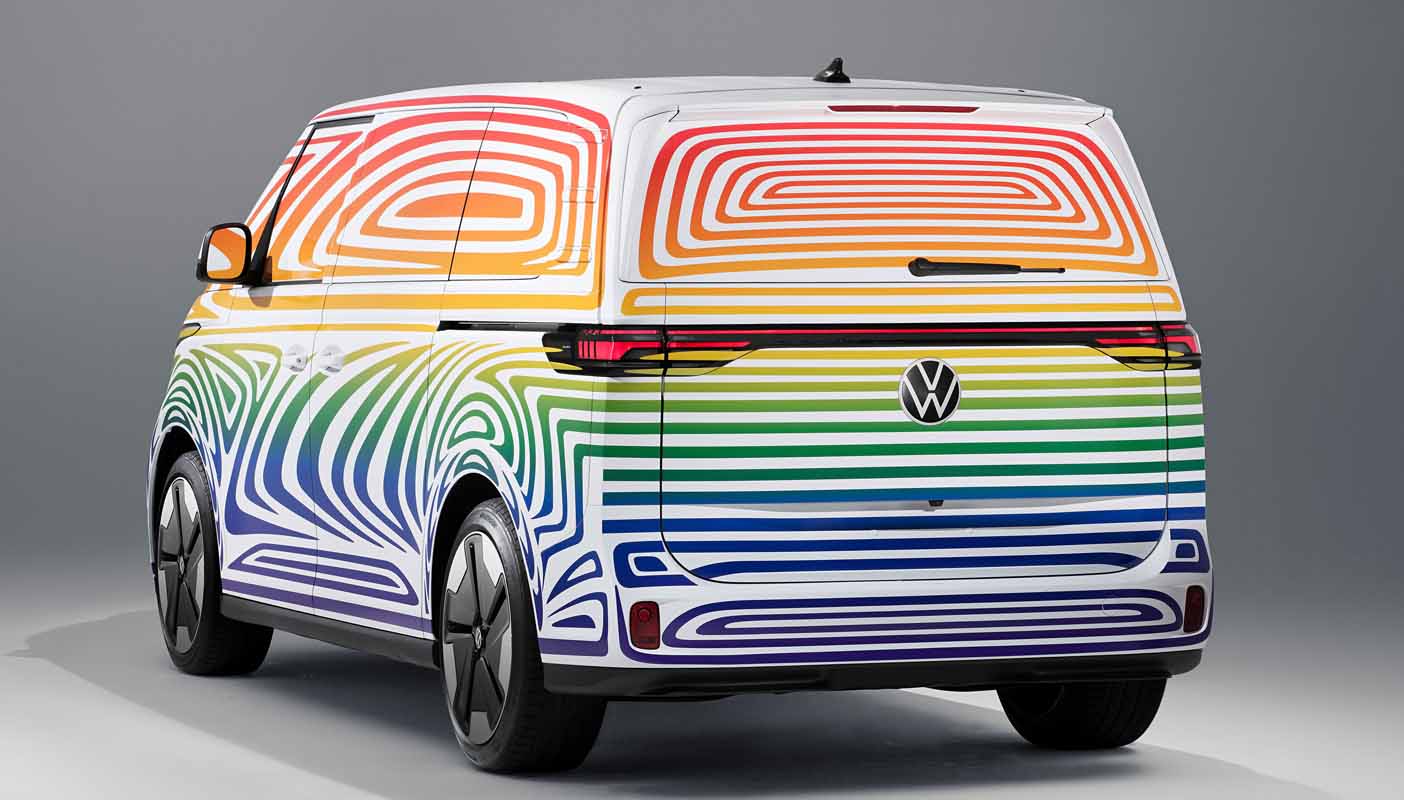
Lots of space for people, luggage and work
Thanks to the space-saving MEB concept, the ID. Buzz and ID. Buzz Cargo offer unusually good utilisation of space. The five-seater ID. Buzz takes up to 1,121 litres of luggage even with all seats occupied. The maximum load capacity of the ID. Buzz Cargo, fitted with a partition wall, is over 3.9 m3.
“Plug & Charge” and bidirectional charging
Clever charging solutions: using the latest ID. software, the model line will in future offer the ‘Plug & Charge’ function as well. Using this function, the ID. Buzz authenticates itself at many providers’ (DC) quick-charging stations via the charging connector, exchanging all necessary data with it in this way – a much more convenient arrangement. And there is going to be another new feature: bidirectional charging. This technology opens up a whole new spectrum of possibilities. One example: It will from now on be possible to store excess power from a home’s own solar panels in the ID. Buzz and to feed it back into the home in the evening in order to be independent even without the sun.
Over-the-air updates and innovative assist systems
Across the board, it is the case for the ID. Buzz and for all models of the ID. family that software updates can be downloaded over the air. These include both updates of the infotainment system and updates relating to charging or driver assist functions. The spectrum of driver assist systems includes innovatively interconnected technologies such as the new ‘Trained Parking’ function (automatic manoeuvring into and out of parking spaces), ‘Car2X’ (warnings and hazard alerts in the local vicinity) and the latest version of ‘Travel Assist’ featuring utilisation of crowdsourced data; the system facilitates forward and lateral guidance on a partly automated basis across the full speed range.
European launch in September
Production of the ID. Buzz starts in the first half of this year, and the European launch follows just a short time later in the autumn. The ID. Buzz is also set to be marketed in the USA – it will be the comeback of the model line from New York to San Francisco, which has been eagerly awaited by many American fans.
First forerunner of the ID. Buzz made its debut 50 years ago
The ID. Buzz is incidentally not the first Bulli with an electric drive system. Fifty years ago at the Hannover Trade Fair, Volkswagen was already showing a T2 as a first prototype powered by a rear-mounted electric motor. The maximum range of 85 kilometres showed, however, that the battery technology was still far from being suitable for practical use. But even back then in 1972, the dream was born: the dream of an emission-free Bulli. In 2022 it is now becoming reality.
1.) The way that the vehicle name is written has changed during the course of series development from ‘ID. BUZZ’ to ‘ID. Buzz’.
